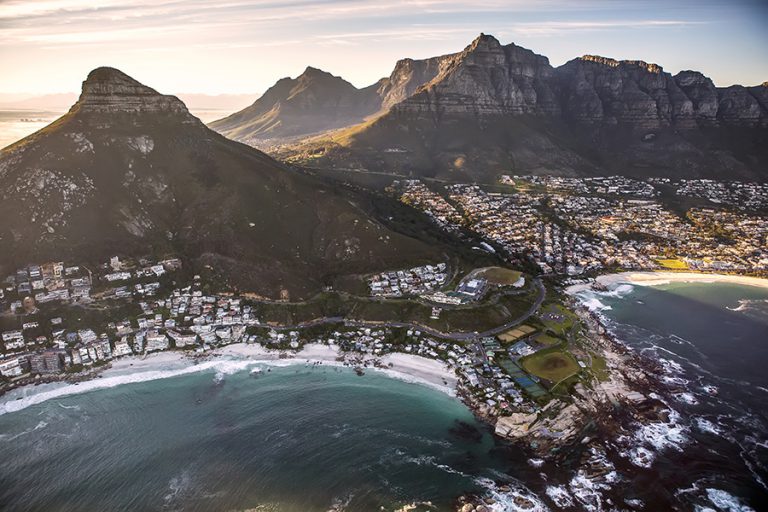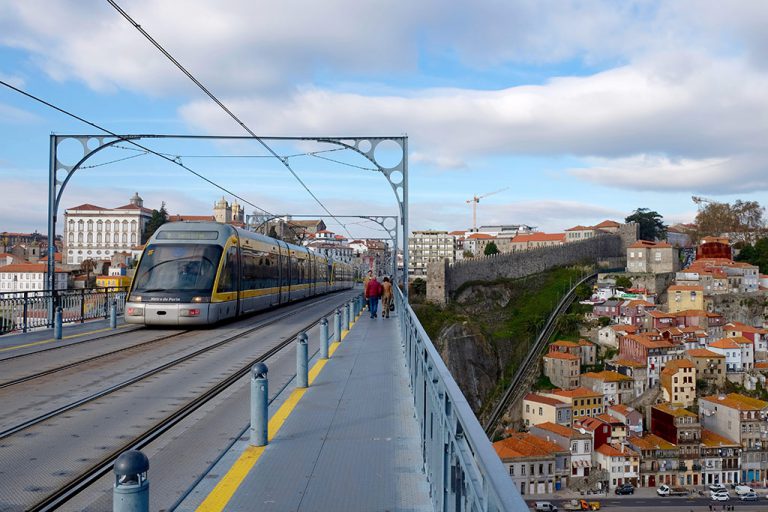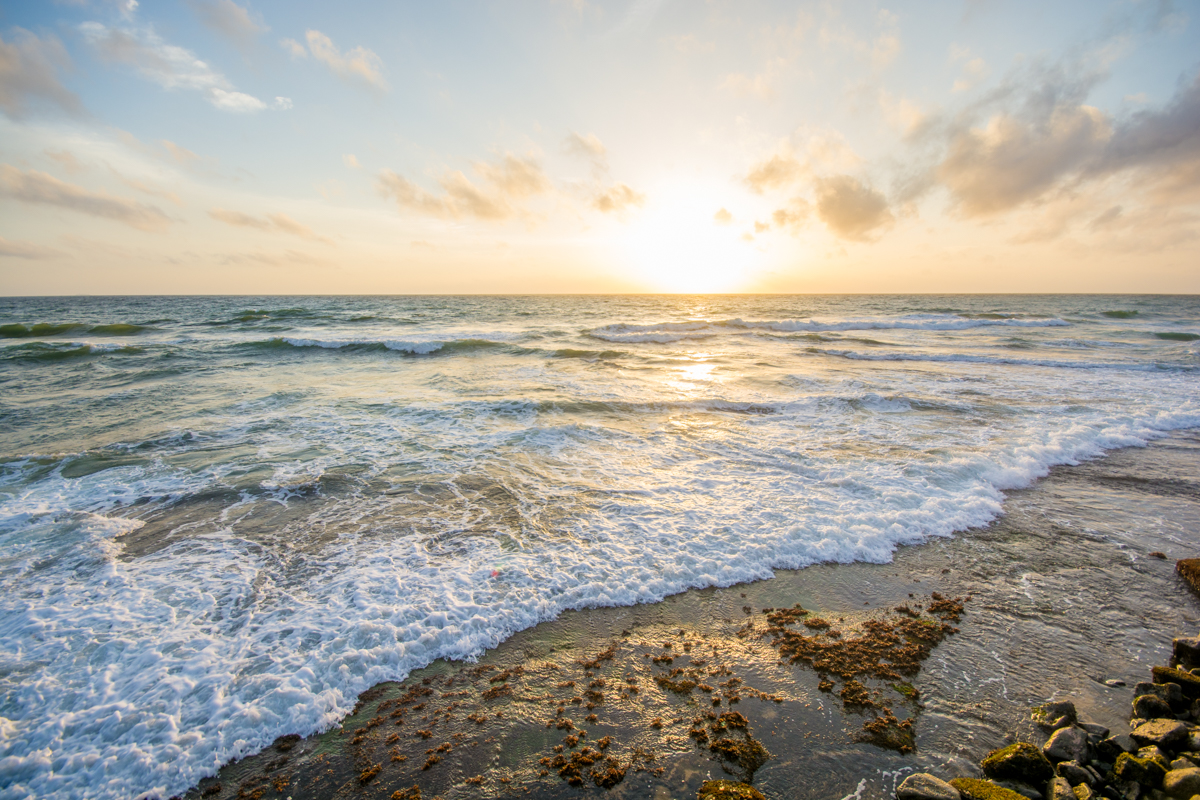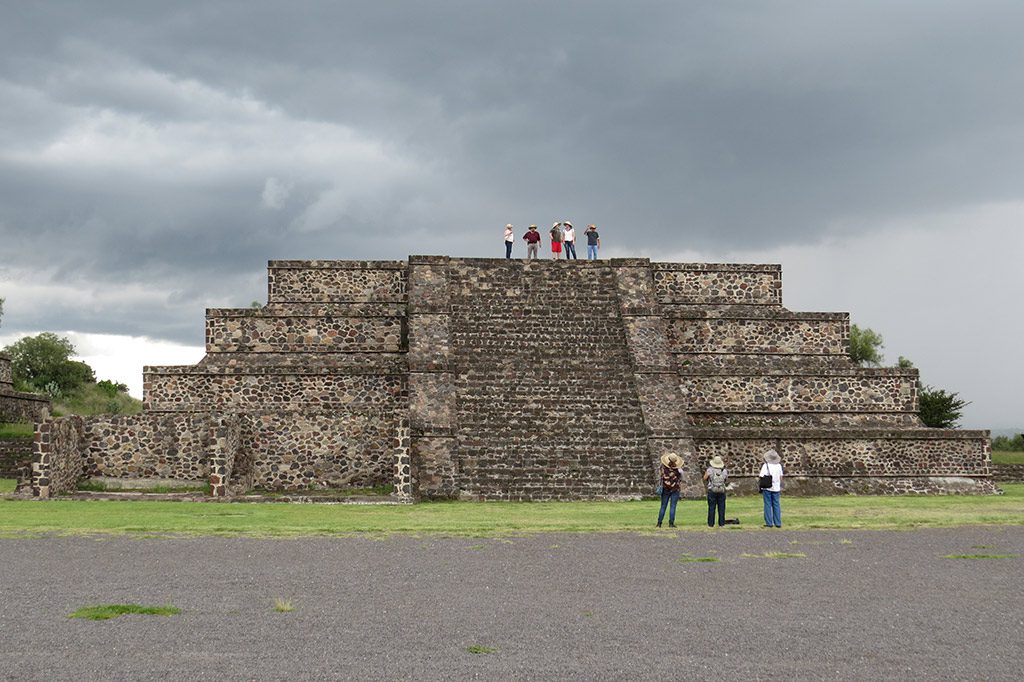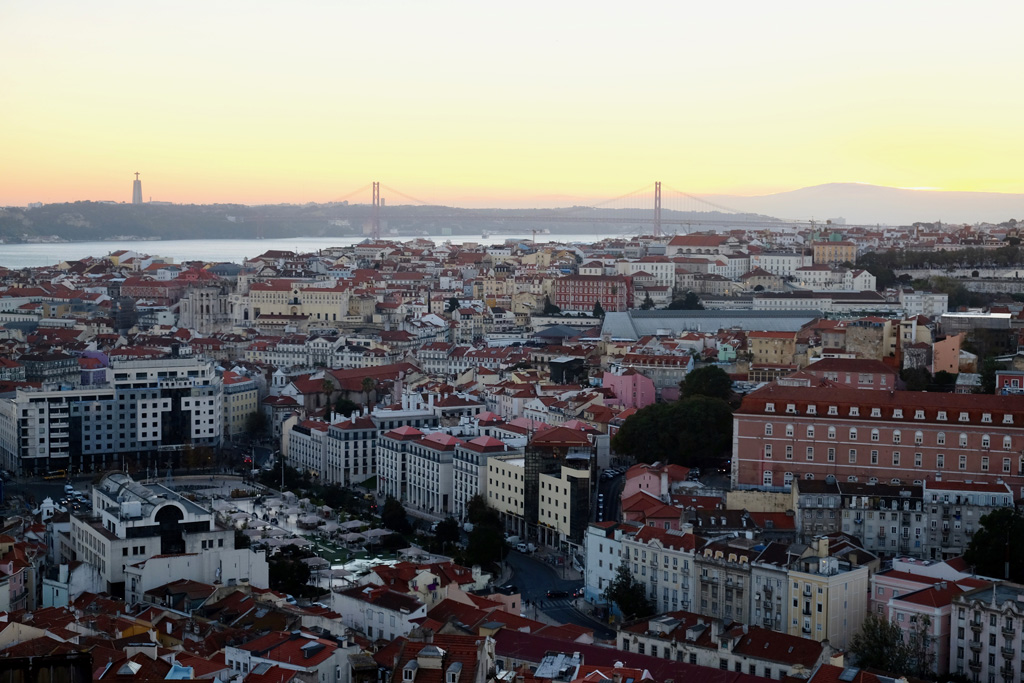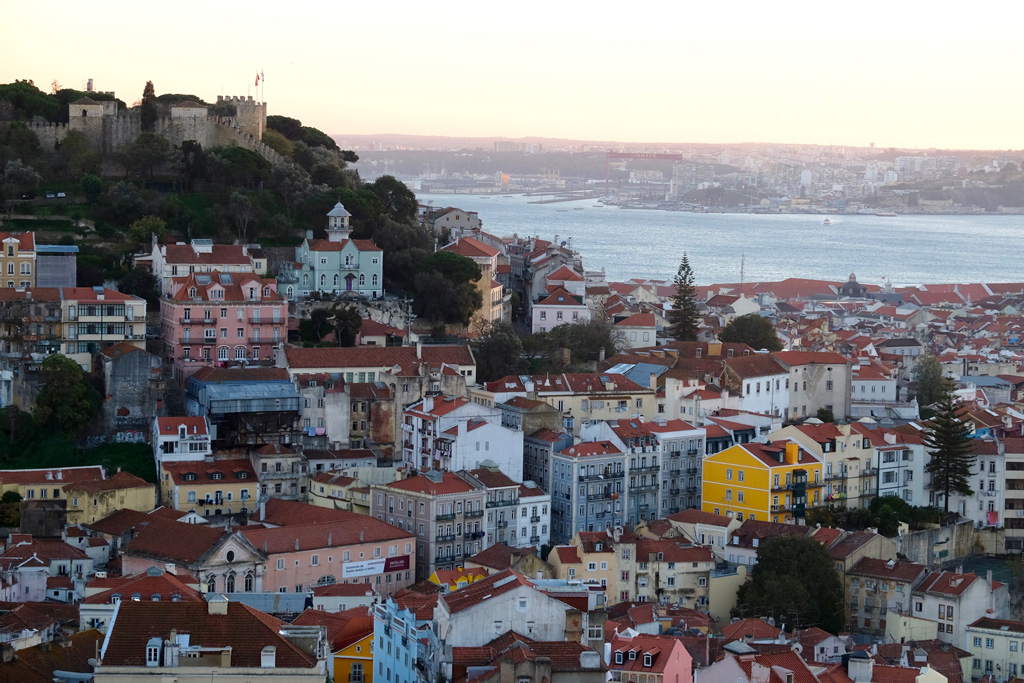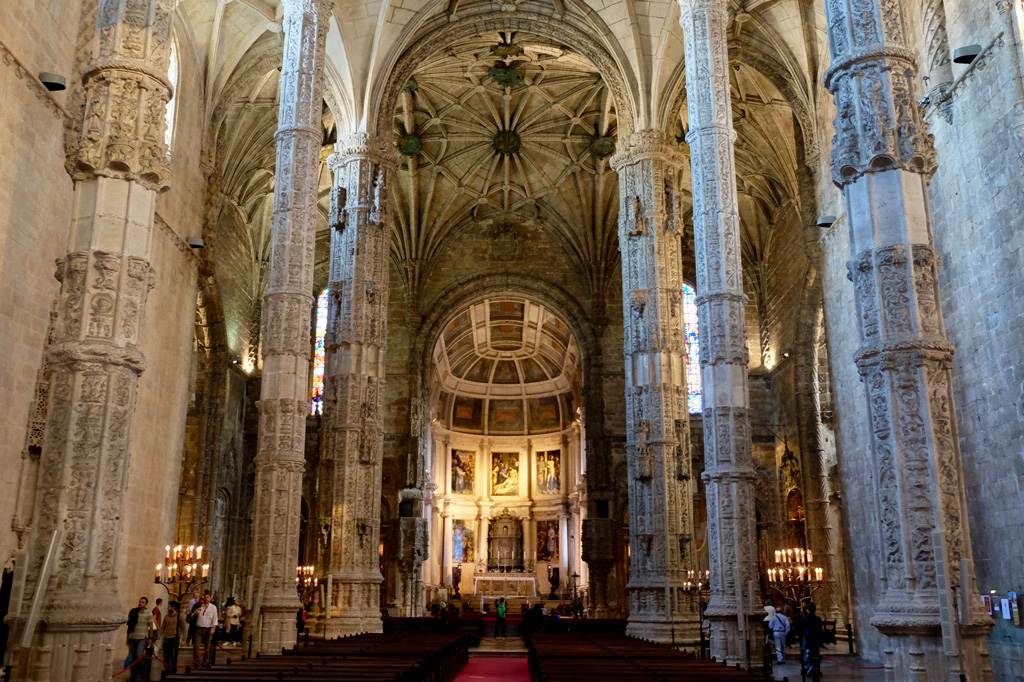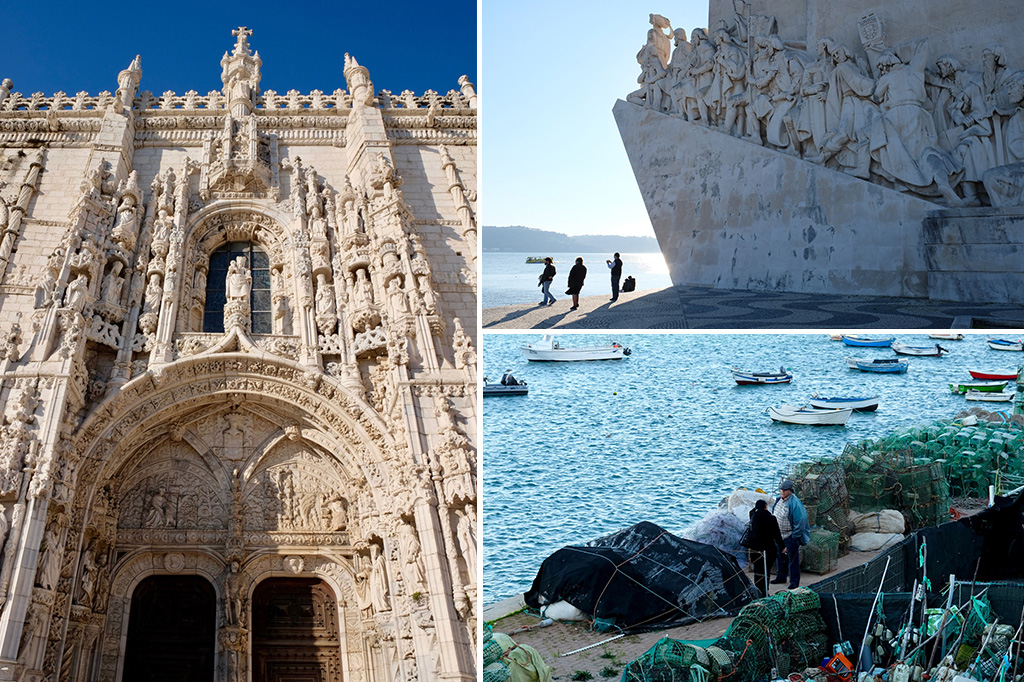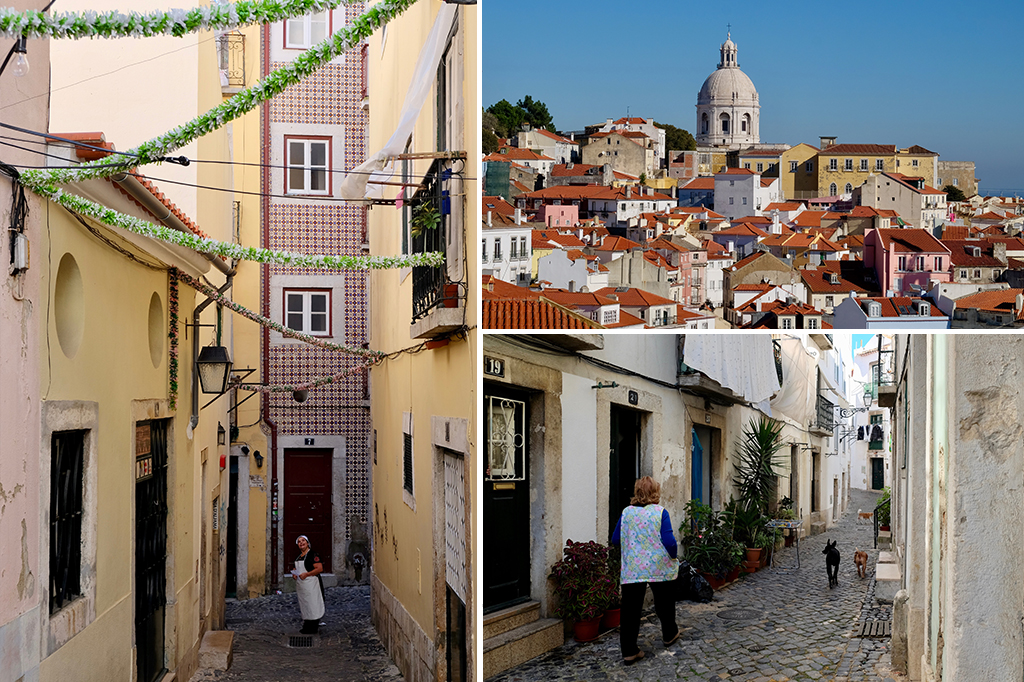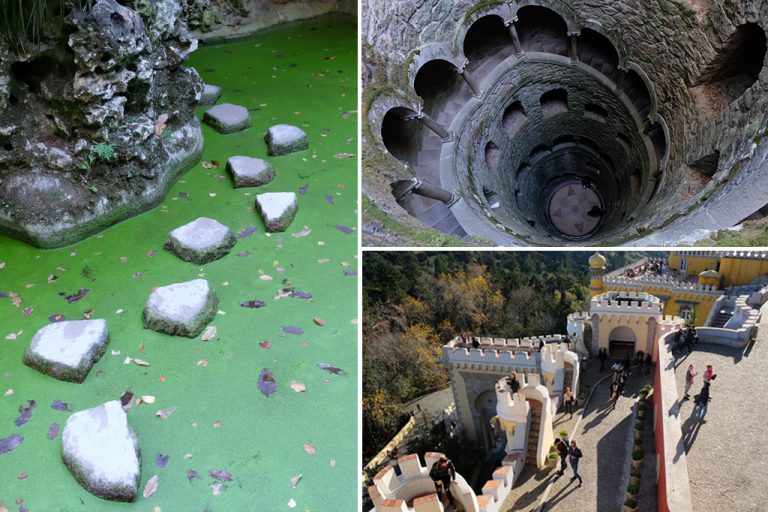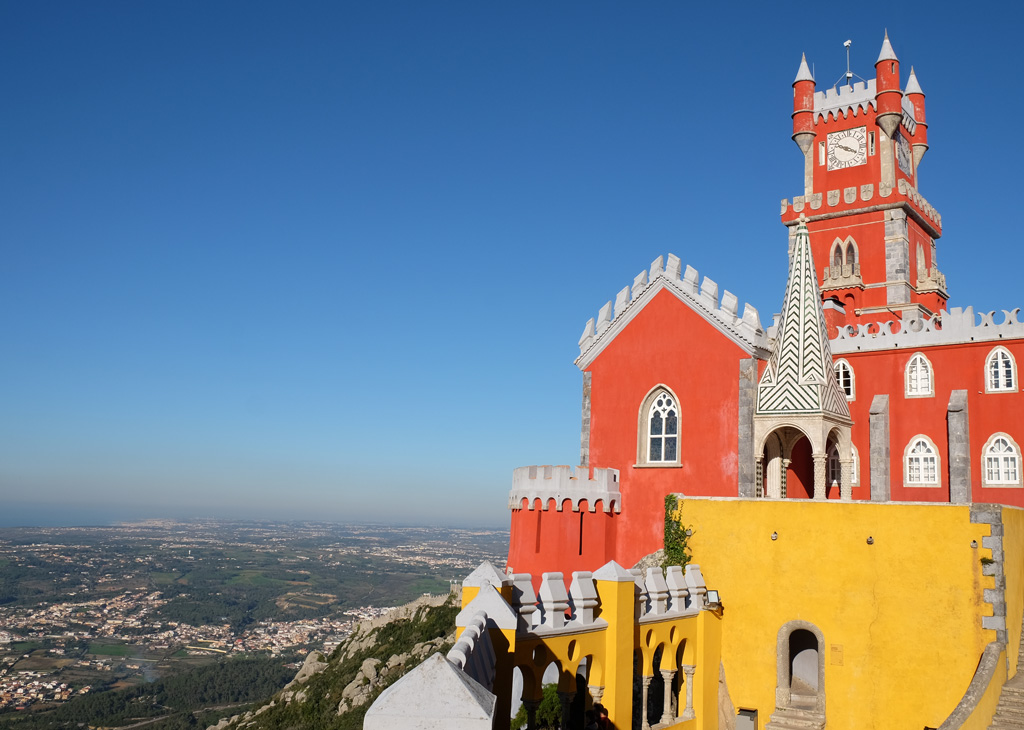
For nature lovers, this Eastern Cape hamlet is the ideal getaway with its many waterfalls, forests and very affordable accommodation. TripAdvisor lists accommodation rated by guests, but as much as we love peer reviews, can we trust them? Pippa, who has reviewed accommodation for 18 years, inspected 21 properties – some rated on TripAdvisor, plus she rooted out new ones. These 10 made her list. Photographs by Teagan Cunniffe.

The case for Hogsback
It has magical landscapes
A patchwork of wild farms and gardens carved into the indigenous and plantation forests that carpet the Amathole Mountains, Hogsback is perched at a crisp-air altitude of 1200 metres. The link between the town and JRR Tolkien may be spurious (based purely, it appears, on naming a local holiday camp for underprivileged children Hobbiton in 1947) but the evocation of a fantasy forest lingers on. And when the mists that wreathe the trees and ferns suddenly clear to drop-away views, it is indeed quite magical.
There are 27 waterfalls and one very cute chapel
The Tyhume River, replenished by summer rain and winter snow, drops 419 metres to the valley below, affording plenty of picturesque falls. Hogsback Adventures offers a four-hour mountain bike tour (R500 pp) past waterfalls, viewpoints and a swim in a natural pool, and abseiling (R275 pp) down Madonna and Child, the largest waterfall. hogsbackadventures.co.za Equally pretty, and even easier to get to, is St Patrick-on-the-Hill, Hogsback’s charming thatch- and-stone chapel.
It has warm, interesting and hybrid community
Hippies, retirees, eco-warriors, artists, online entrepreneurs and people who just like to potter about live here, where wealth is not measured in money, and despite the potholes and lack of municipal services, residents are vocal about the privilege of living in what local historian Trevor Webster calls ‘the dominant presence of Nature’.
There’s a roaring fire every night
Apparently snow- falls are recorded every month bar February. Room proportions are cosy, with one or more fireplaces and plenty of wood.
It’s cheap
Hogsback specialises in compact, fire-warmed self-catering cottages, and they are all bargains.

Also read: the Getaway guide to Hogsback

Best view and biggest collection
1. The Edge Mountain Retreat
TripAdvisor No. 3 of 6 B&Bs/Inns

Peter Colyvas and Wouter Jordaan rented out their first cottage back in 1991 and used the income from this to build the next one on the lip of their prime seven-hectare cliff-side property, just a few minutes’ drive north of town. Today there is a choice of 20 self-catering cottages ‒ most located within sight of each other but set far enough apart in the sprawling gardens to feel private ‒ and 10 B&B en-suite rooms. All are furnished with bits and pieces picked up from local farm auctions ‒ a leather sofa or armchairs usually taking pride of place in front of a log-burning fireplace. A staffed reception and large restaurant serving good comfort food means that The Edge can offer the independence of self-catering with the pleasures of catered accommodation. With a great private function room, it’s also my pick for a group (accommodating up to 70) looking to commemorate a special occasion.
Room tip: The five cliff-side cottages are worth the extra cash: Over the Edge is best value (R950, sleeps two) but Heavens Above has the best view (R1600, sleeps two). Stargazer also has lovely views (R1800, sleeps four) but if you’re four people and wanting to save, consider Birchwood and Apple Tree ‒ semi-detached and set back so there’s no view, but they have their own semi-private gardens (R650, both sleep four).
Cost: From R450 per person sharing a B&B room. From R650 (for two) self-catering.
Contact: theedge-hogsback.co.za
Best-equipped cottages
2. Laragh-on-Hogsback
TripAdvisor No. 4 of 10 Speciality Lodgings

Jenny Newman is a perfectionist and her three semi-detached cottages ‒ located in a barn-like structure the Newmans built in their tree-filled garden in 2013/14 ‒ is testament to this. They don’t have the big views that many of the other options on these pages offer, but the double-volume units still feel brand new, and you won’t find a better-equipped kitchen in Hogsback. Bathrooms are heated (two have good showers, one has a bath) and efficient wood-burning, closed-combustion fireplaces warm the double-volume living space. Each cottage sleeps four comfortably; two have interleading doors should you be travelling in a larger group. A natural host, Jenny stocks her cottages with fresh flowers, tea and coffee, fresh milk, homemade rusks and wood for the first night. For a small fee, she’ll even deliver a continental breakfast to your cottage (R55 per person). Given the standard of the accommodation and service (the cottages are serviced daily), this is a bargain, so book early ‒ it’s popular.
Room tip: Yellowwood is on the north-facing corner with a large, wrap-around L-shaped deck furnished with table, chairs and a Weber.
Cost: From R350 per person for two sharing. Additional guests R150 per person.
Contact: laragh-on-hogsback.co.za
Best hotel
3. Arminel hotel & Village
TripAdvisor No.1 of 2 Hotels

The best Hogsback options are self-catering, but if you prefer hotel facilities then the 26-room thatched Arminel is the best choice in town. Rooms have a pleasing gingham- and-floral country style, service is friendly and the sprawling grounds are well-maintained by Kat Leisure (owners of nine hotels in the Eastern Cape as well as Simola in Knysna). It’s understandably popular with conference groups, with the kind of buffet-style food you expect from a three-star hotel. For the best of both, I’d probably book one of their new self-catering thatched Forest Cottages, built fairly close to each other at the bottom of the sloping garden near the pool. Well-designed and -furnished, these contemporary six-sleeper units are a great option for a family wanting accommodation in a secure, modern townhouse in a forest resort rather than a more secluded, romantic option.
Room tip: Hotel rooms 1 to 5 have unobstructed garden views from their porches and are closest to reception and the restaurant. Forest Cottages numbers 2 and 3 are the best, north-facing and double storey.
Cost: From R660 per person for a DBB. Forest Cottages are from R1500 (sleep six).
Contact: katleisure.co.za

Best-value cottages
4. Maple Grove
TripAdvisor No. 1 of 6 B&Bs/Inns

When Peter and Lyndsay Walker retired to their property in upper Hogsback, about three kilometres from the village centre on potholed-but-manageable track, the plan was to supplement their income by renting out the cottage in their garden. With experience in the construction industry, Peter then set about enclosing the area beneath their home for family and friends, and this became the snug self-contained cabin. The chalet, which had been an open store-room/carport, followed. Sadly, the Walkers decided to stop at three ‒ they have such a fine eye for design and decor, plus a generosity of spirit, with plenty of wood (the first basket is free), fresh flowers, fresh milk and Lyndsay’s famous home-made rusks included in the deal. Add to that the tranquil forest views and this really is excellent value. The website does it little justice, so thank you TripAdvisor reviewers for a spot-on rating (though Maple Grove, being neither B&B or Inn, should be listed under Speciality Lodging).
Room tip: My first choice would be Cottage, a lovely open-plan unit with separate bathroom and French doors leading onto a patio and gazebo, followed by well- equipped, cosy Cabin, also with a deck and forest views.
Cost: From R295 per person sharing for Cabin and Cottage (both sleep two each, plus Cabin can sleep a child on a mattress, and Cottage two teens on a stack bed, for an extra R100 per person. From R1000 for Chalet (sleeps four); 10 per cent discount for pensioners, students and midweek stays.
Contact: maplegrove.co.za

Most creative eco-lodge
5. Terra-Khaya
TripAdvisor No. 2 of 10 Speciality Lodgings

Variously described as a permaculture farm, Earth Home Project, experimental venture and eco-backpackers, Terra-Khaya defies easy categorisation. Owner Shane Eades has created a magical off-the-grid lodge on his 18-hectare farm high in the mountains, showcasing and teaching visitors how fulfilling an ecologically sound lifestyle can be. With the help of live-in volunteers he has built and beautified Terra-Khaya, using natural building techniques and salvaged materials. Accommodation comprises four double timber cabins, furnished with real artistic flair, plus delightful four- and 10-sleeper dorms. There are no en-suite options but the shared ablutions – comprising a separate composting toilet, a charming bath house and outdoor showers – all feature fantastic views, as do the cabins. Horseriding is a speciality, including various overnight horse-trail options. Communal meals are highly rated and affordable (around R75). Creative energy permeates the place; there’s even an art room in the loft of the communal lounge-library-dining area should the urge arise. As one guest wrote: ‘This place makes you feel safe and secure; doors stay unlocked because the only thing that will get stolen will be your heart.’
Room tip: Khayalam Down (sleeps two) and Khayalam Up (sleeps four) have incredible views.
Cost: R135 per person in a dorm; R325 for two in a cabin.
Contact: terrakhaya.co.za

Best luxury bungalow
6. Bredon Self-catering cottage
Unlisted

Bredon ticks every box: a two-bedroom, two-bathroom thatched dwelling that is totally private, utterly charming and luxuriously fitted, with fantastic views and a huge, deep, stone pool fed by a seasonal spring. It’s located in the Bredon Gardens, adjacent to the renowned Applegarth Gardens established by Mary Wilson and ‘Sweetie’ Wilson in 1938, apparently with the help of a Kew gardener. Today Rob and Sandy Wicks are its custodians and they have done an admirable job of improving and maintaining the grounds and historic buildings. Bredon Cottage is situated well away from the main house, with its own driveway, garden and seasonal waterfall, and gorgeous views through every pane. Stone steps lead down to a small terraced garden with a braai area and a winding pathway that leads to the pool, with more fantastic views from its edge. Sandy supplies loads of wood for the braai and combustion stove, and the kitchen – with more views through the open doors – had me itching to cook. (Incidentally, Rob and Sandy are avid motorbike collectors and could open a museum!)
Room tip: The main bedroom is bigger and better of the two, so if you’re sharing with friends you’ll need to draw lots. No kids under 13.
Cost: From R1800 for two, R2000 for four.
Contact: applegarth-bredon.co.za

Most magical bolthole
7. Hogrockfalls
Unlisted

Artist Leigh Smith designed and hand-built these two tiny cottages, aided by locals Wayne Bernade and AB Ndzelani, on the steep forested slopes leading down to a series of private waterfalls. The sound of running water is the constant backtrack here and is part of the soothing energy that pulls you into a chair on the deck with a cup of tea or glass of wine, gazing at the plantation views. Leigh’s eye for beauty is evident everywhere ‒ from the choice of the olive-green walls and the nifty gas oven with stovetop to pretty rugs and vintage chairs, it’s like being tucked up in a little box of boho treasures topped with a ‘living roof’. Enterprising AB now manages the property for Leigh and is extremely helpful ‒ carrying bags, showing the way to the waterfalls and, come sundown, he’ll even light the fire for you. Definitely one of my top picks, and again, a total bargain.
Room tip: I much prefer Silver Birch with its cosy loft bedroom, effective fireplace and dinky kitchen with a view. It also has a delightful bathroom (tub only).
Cost: From R275 per person (both cottages sleep four each).
Contact: hogsbackinfo.co.za/hogrockfalls

Worth a look
8. Melody Cottage Swallowtail Country Estate
This is a camping and caravan site at the entrance to the village, but owner Fritz Klaasen has just built the cutest open-plan cabin for two with a great view of the Hogsback mountains. This would be a featured top pick out of season, but when the campsite is busy it would lose some of its romance. From R700 (sleeps two). swallowtail.co.za
9. Camelot Cottage
An old-fashioned rondavel for two set in the same delightful gardens as the Fairy Meander, this cottage is within walking distance of the village centre. It’s tucked away and very cosy, insulated by thatch and warmed with a Jetmaster (definitely the warmer and more charming of the two cottages on the property), with an outdoor braai area and seating. From R500 (sleeps two). camelot-cottages.co.za
10. Thatchfield Cottage
This quaint two-bedroomed thatch with its own garden and efficient fireplace, usually lit for you on arrival by the most accommodating hosts, Tim and Sonia Willats, comes with plenty of wood, a litre of farm milk, tea and coffee, and it’s pet-friendly too. R650 for two and R150 pp thereafter (sleeps up to five). countrycottagecollection.com
This story first appeared in the November 2016 issue of Getaway magazine.
Our November issue features the next adventure frontier of Madagascar, affordable breaks in Hogsback, and what to do in the Cradle of Humankind.

This article, 10 ultimate stays in Hogsback for nature lovers, was originally posted on the Getaway Blog by Pippa de Bruyn.










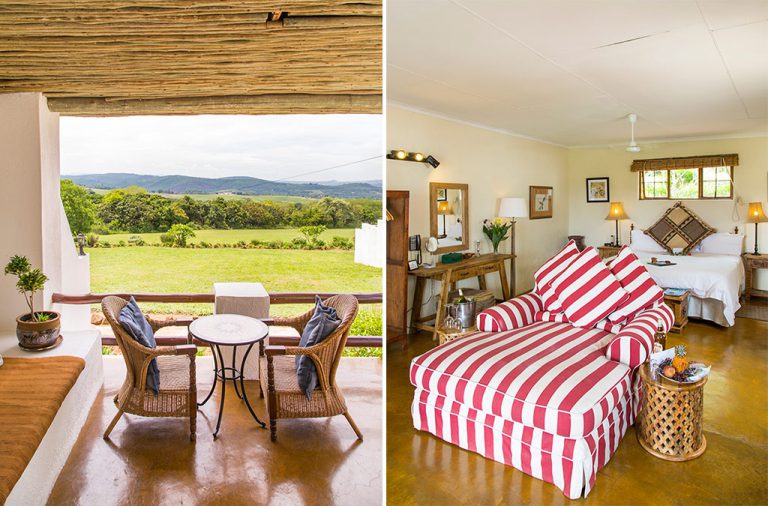

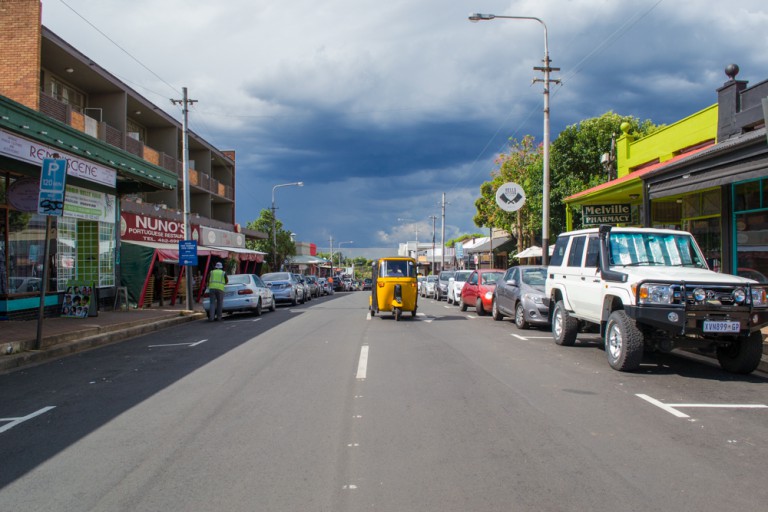
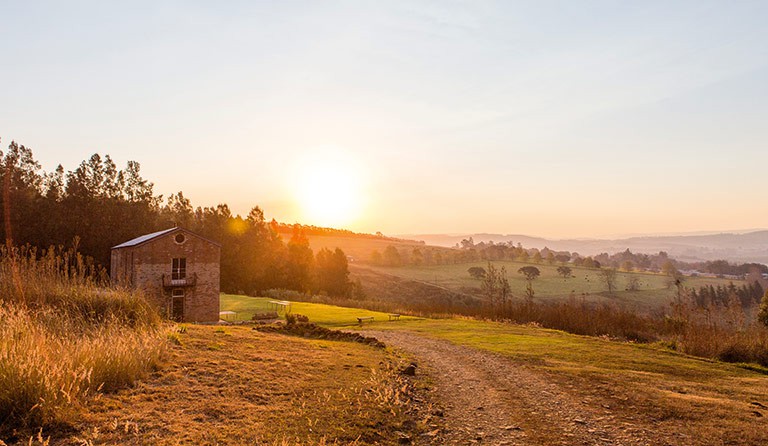

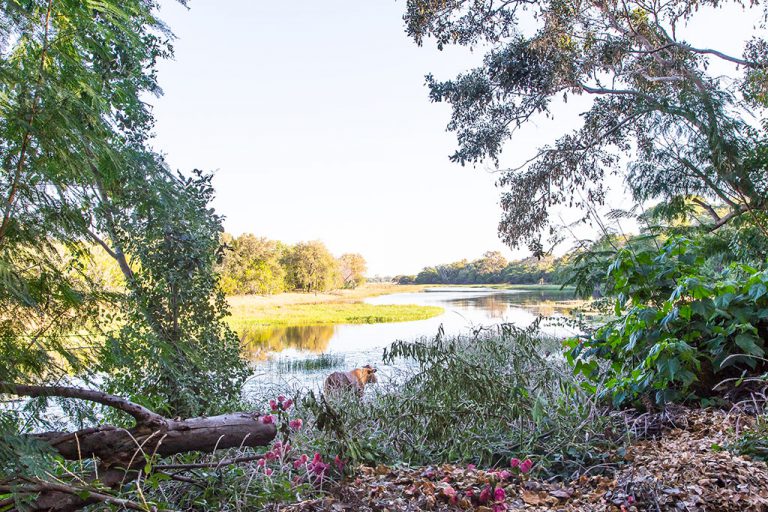






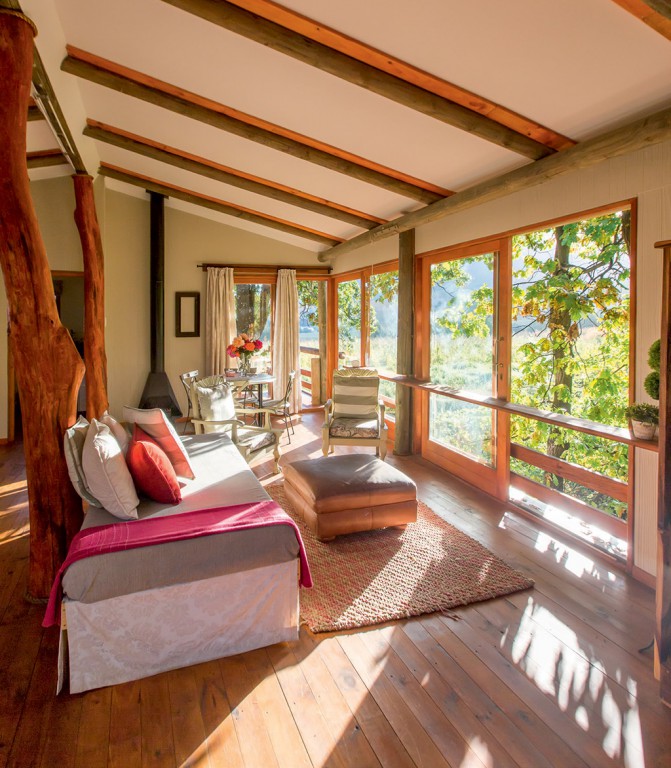


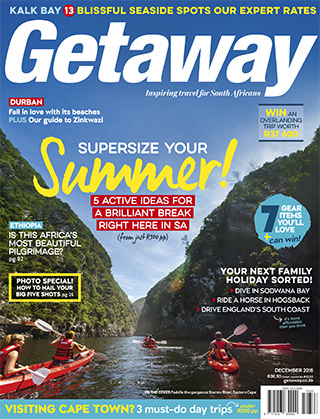












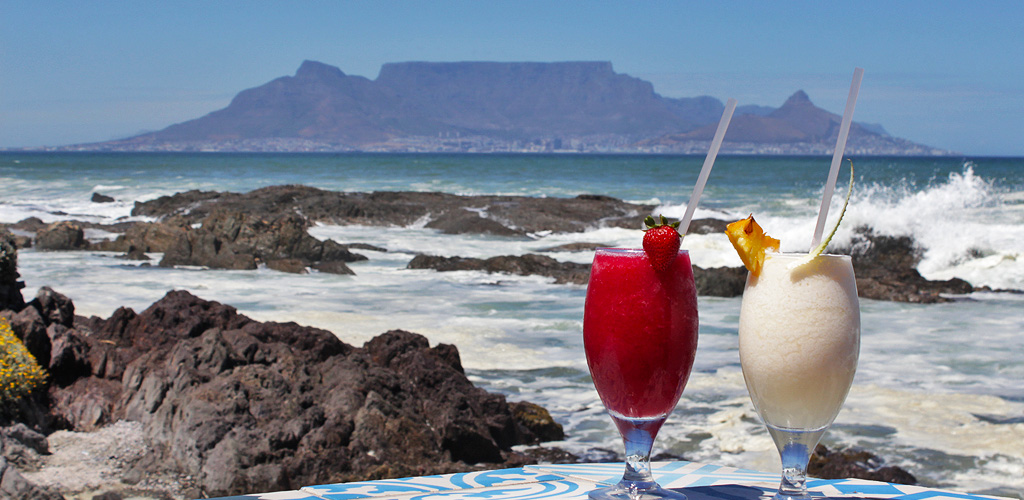
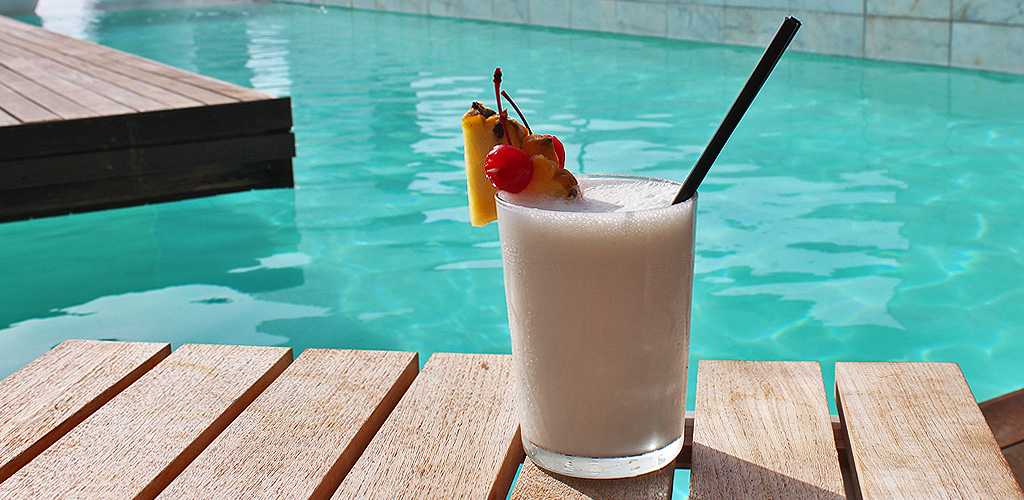
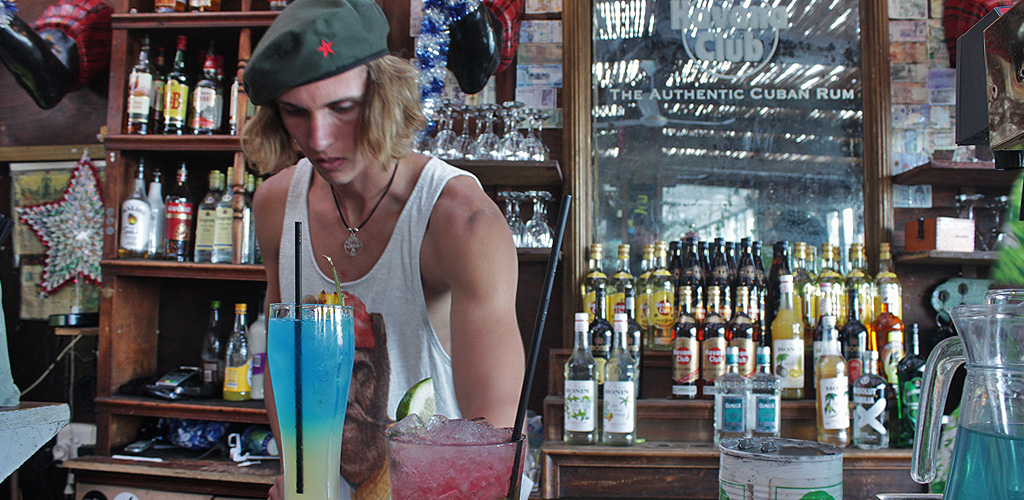
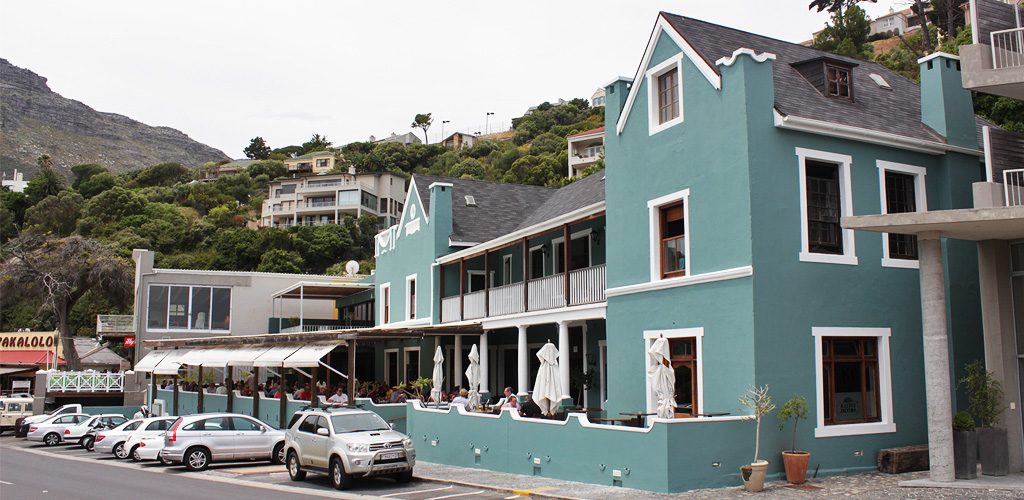
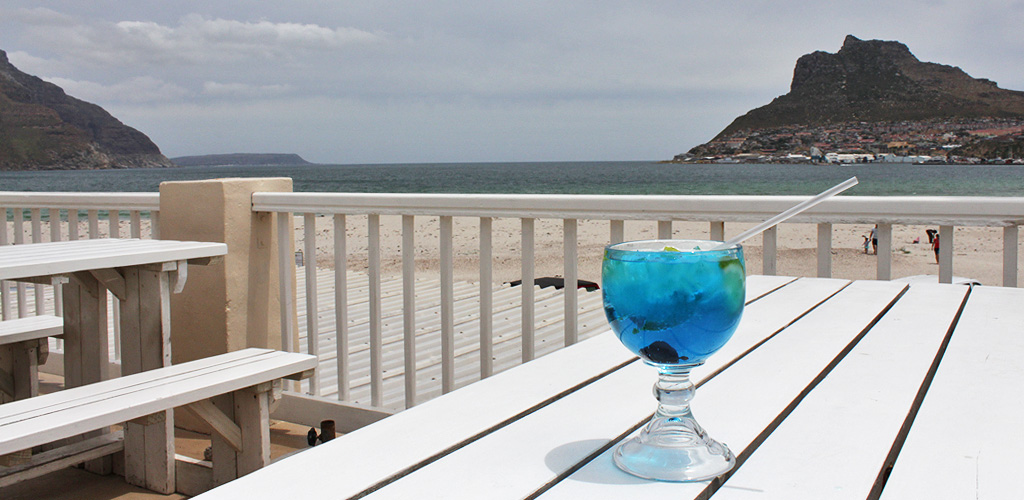
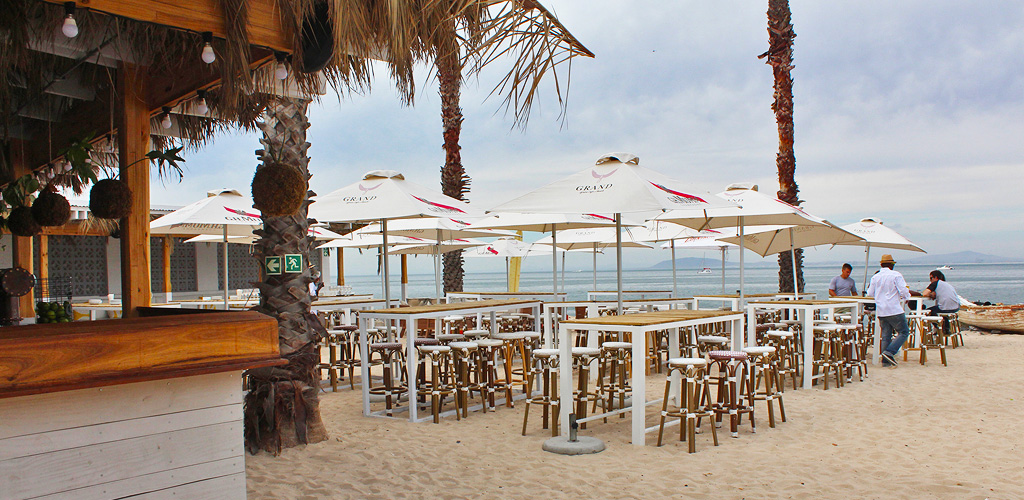
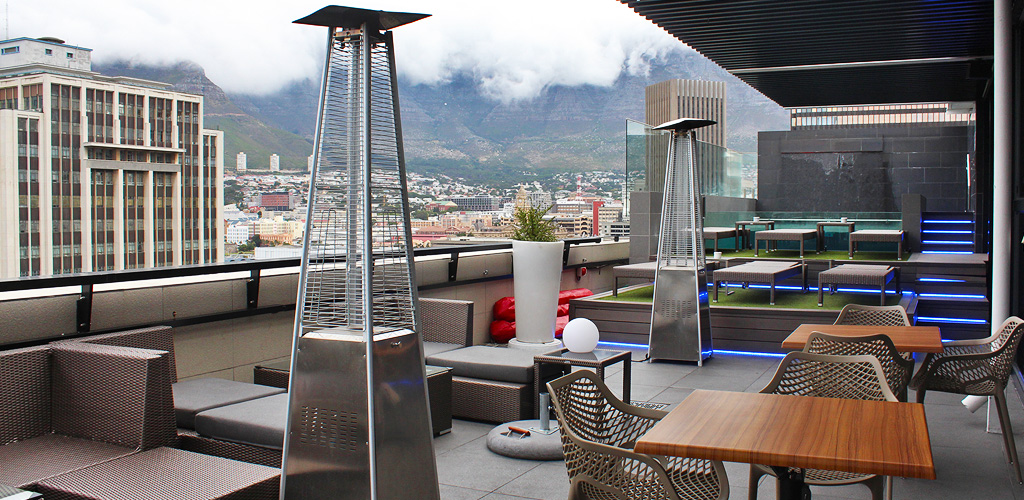
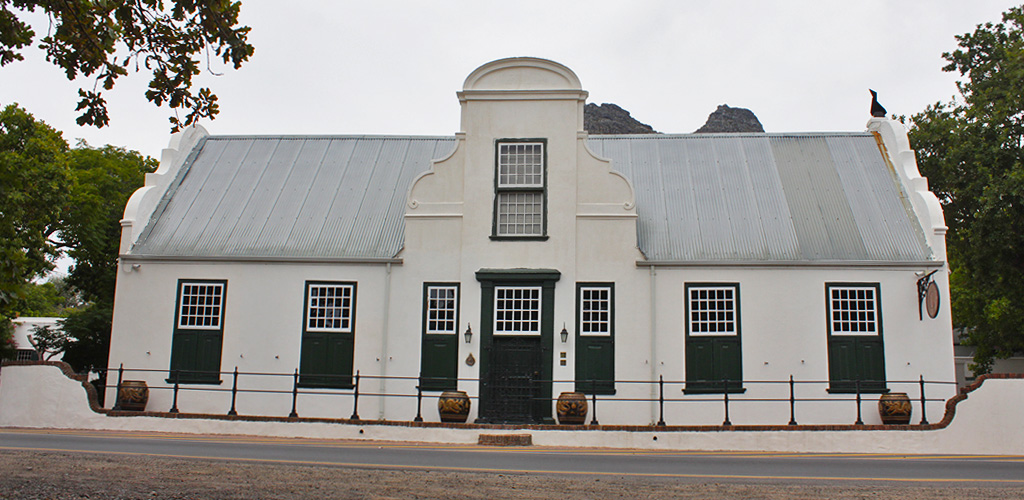
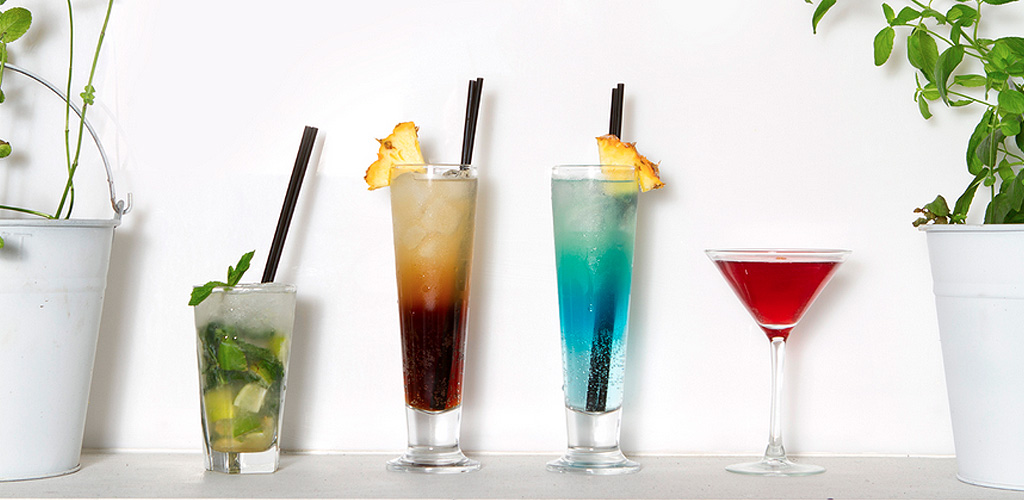
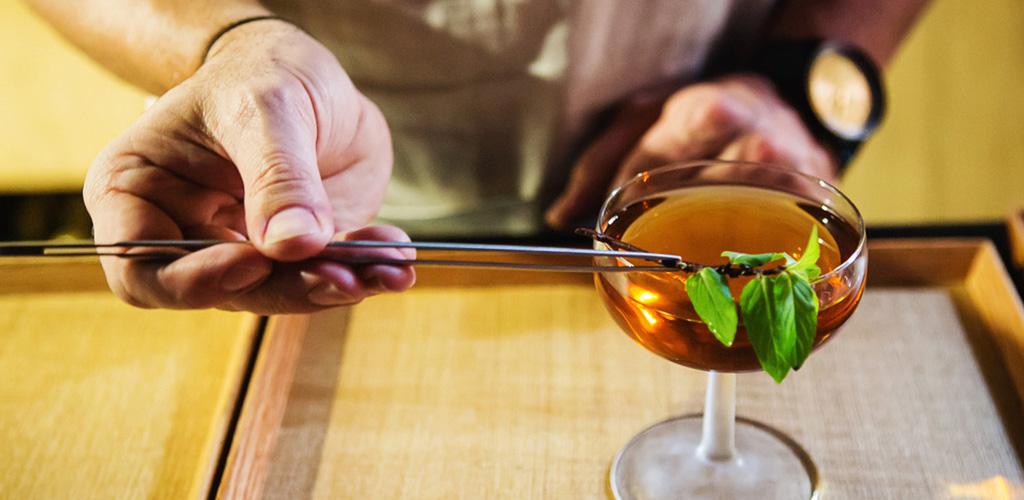
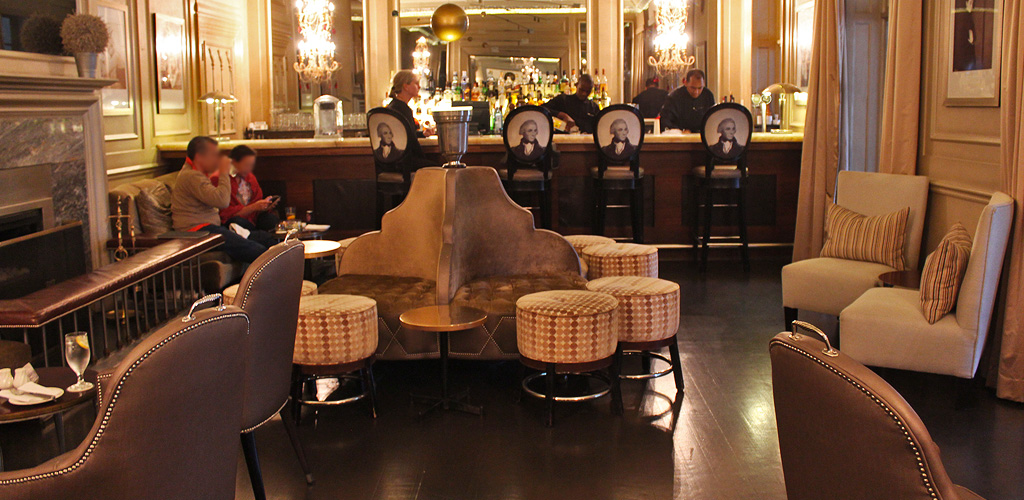
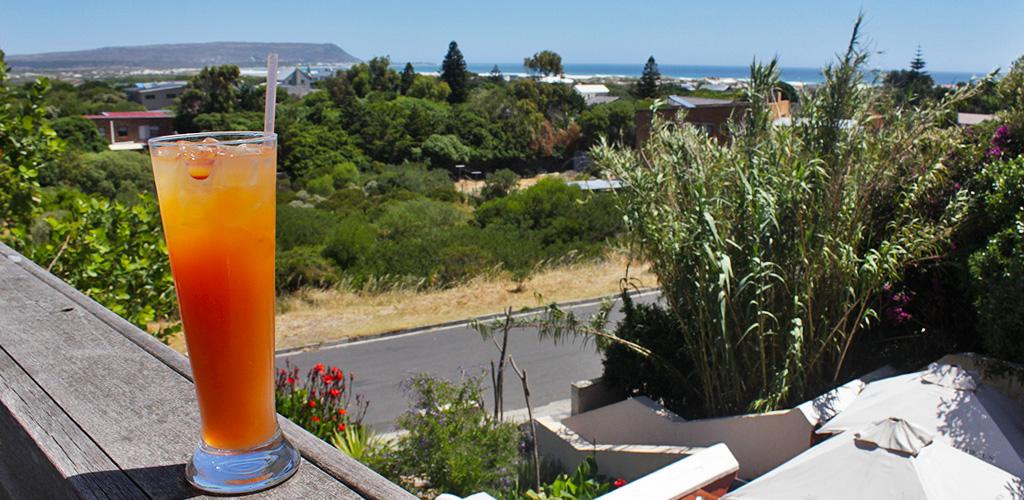
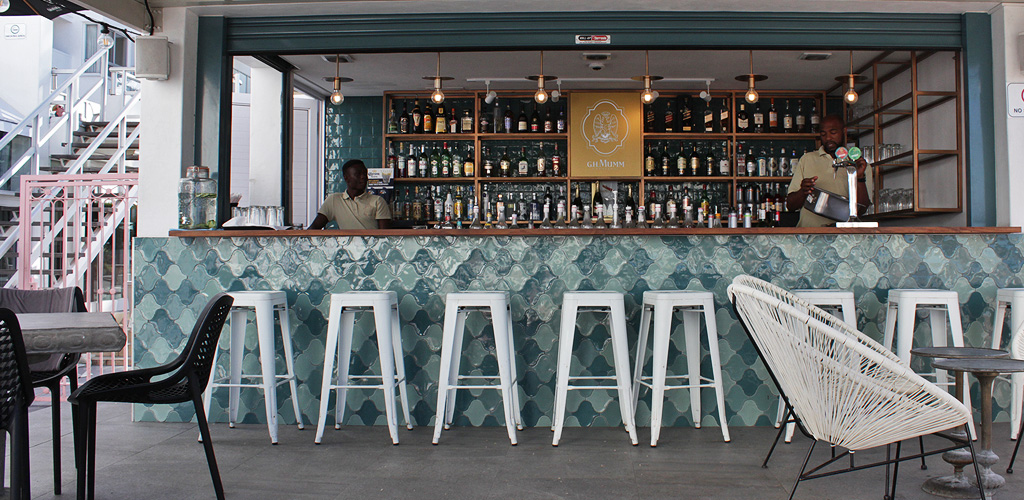
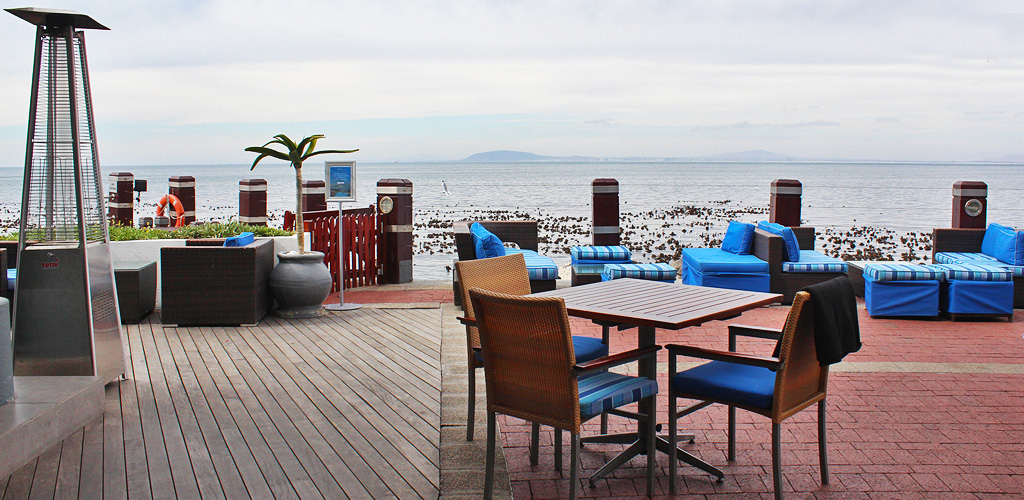
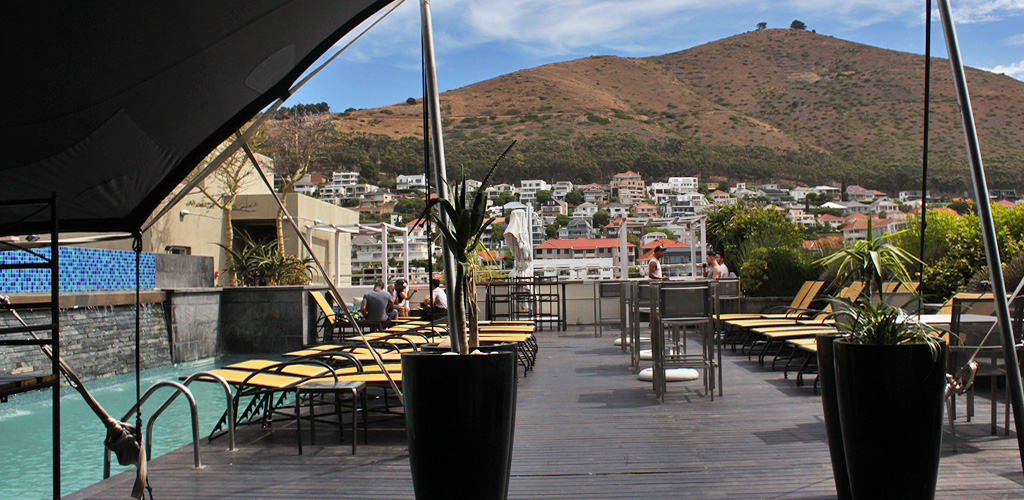








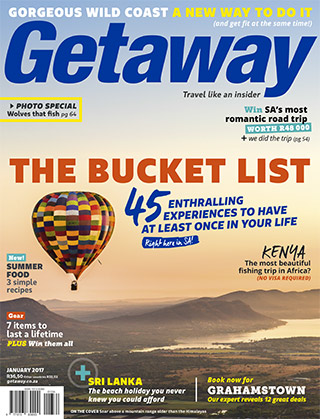






















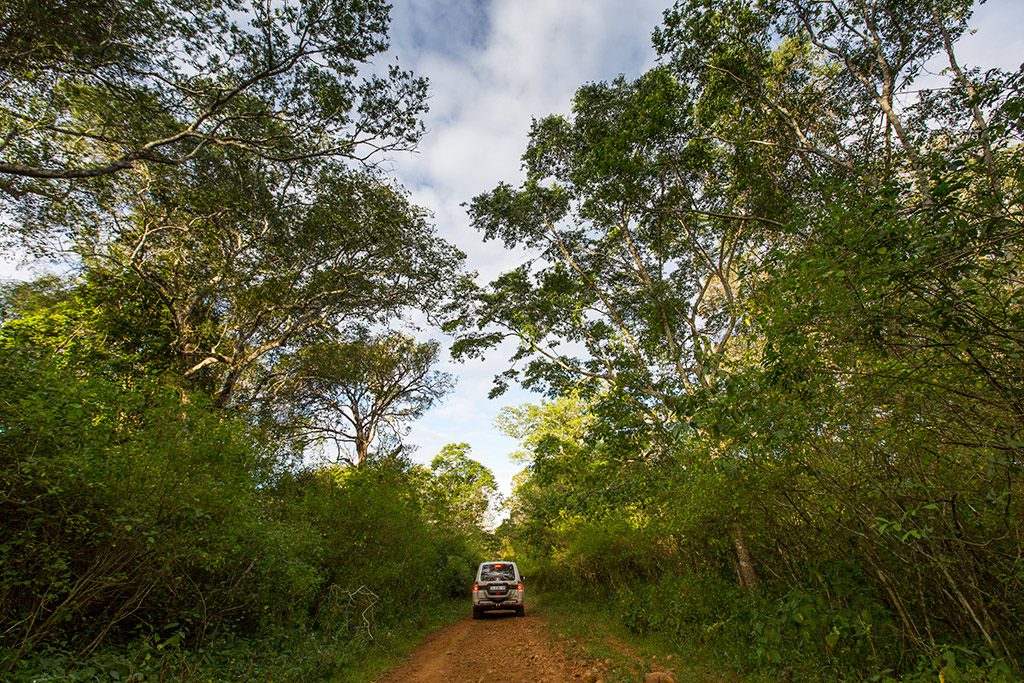
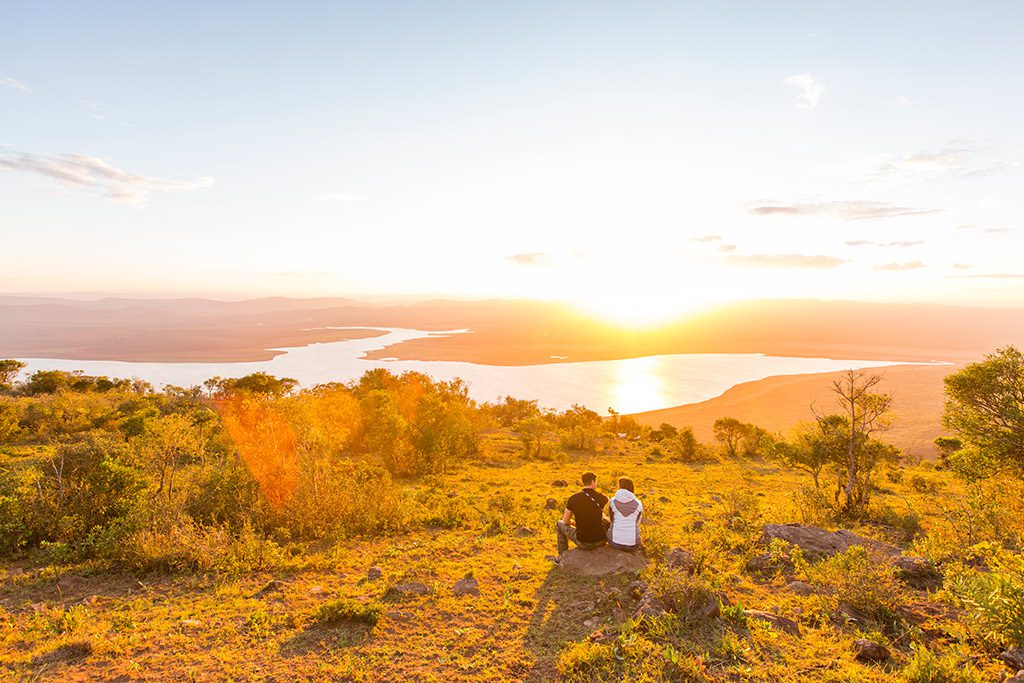
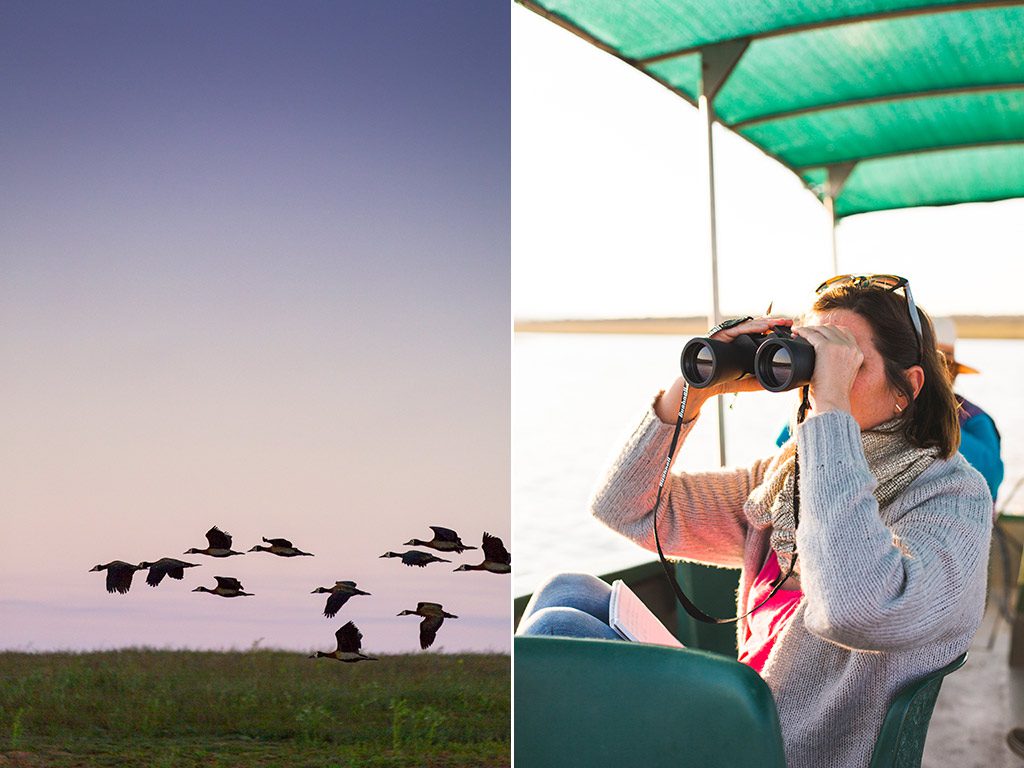
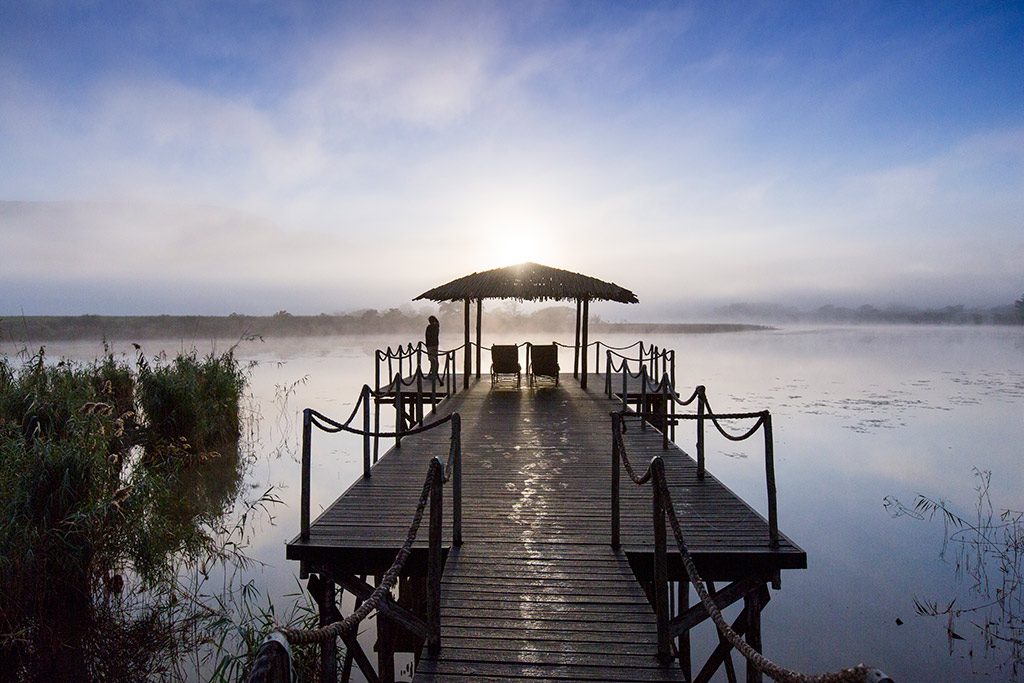
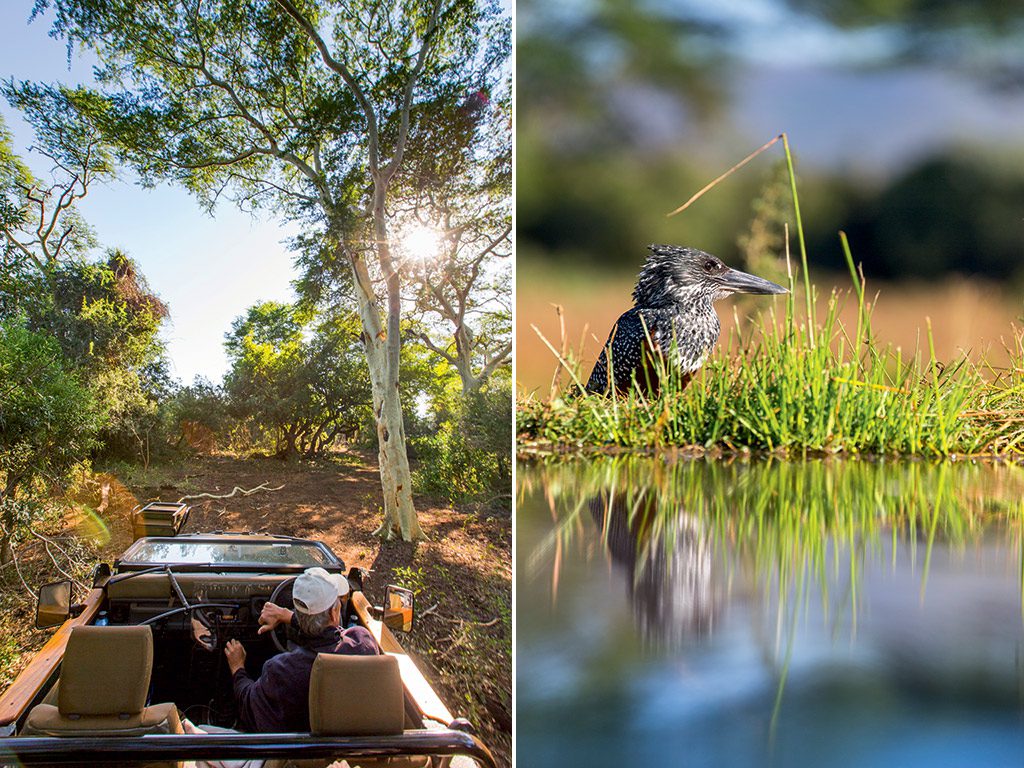
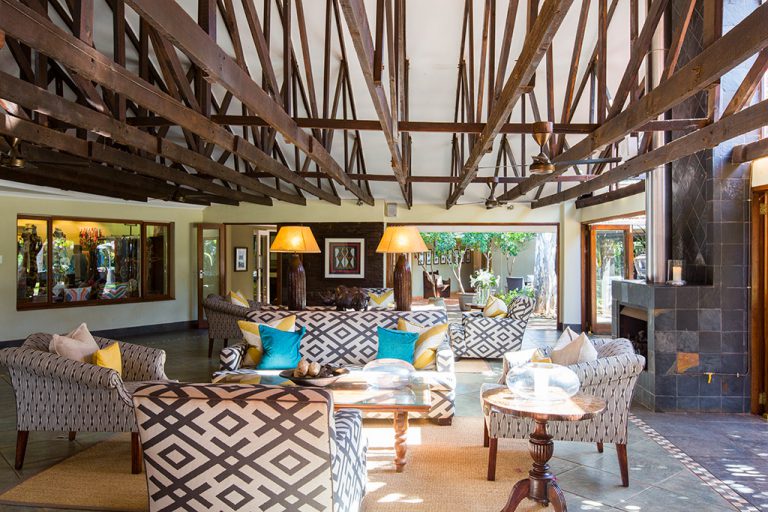
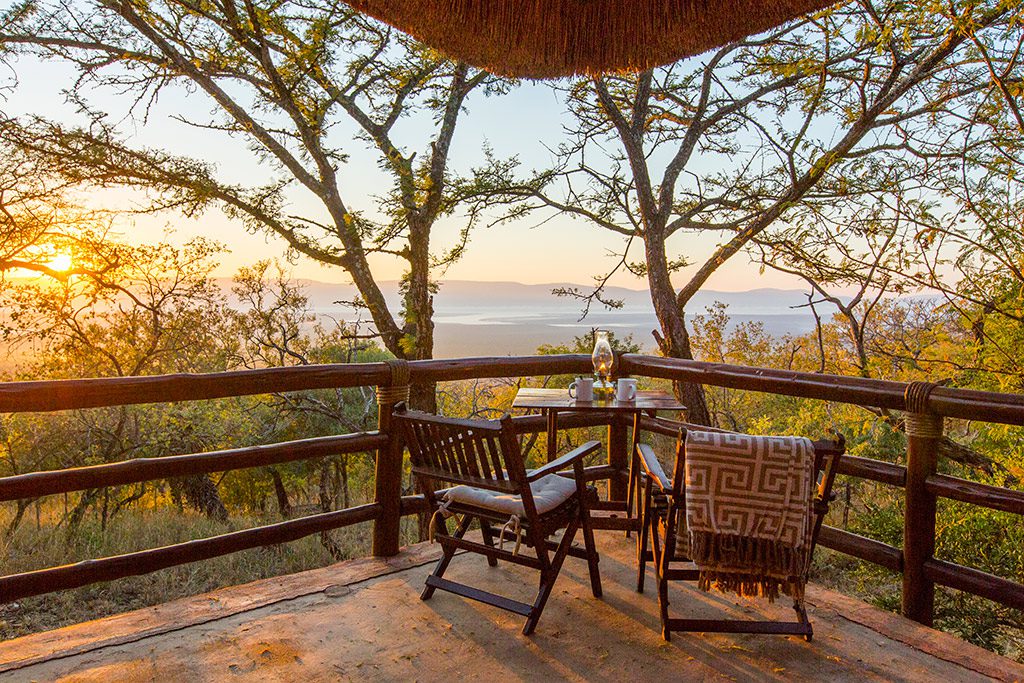

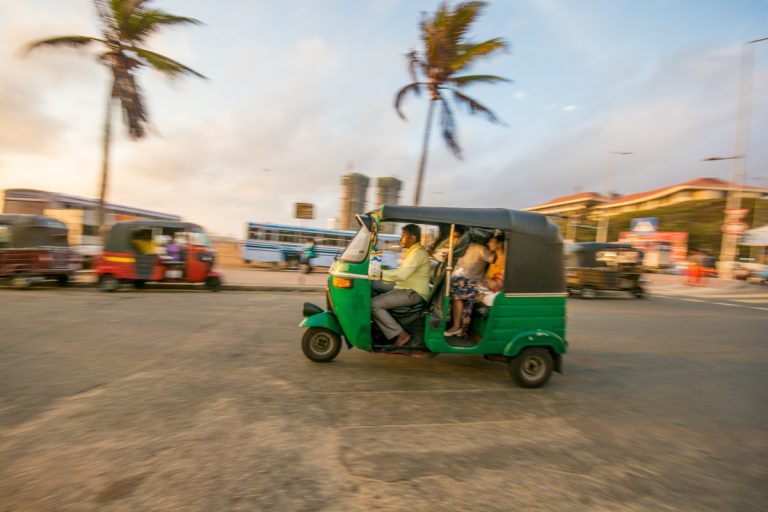
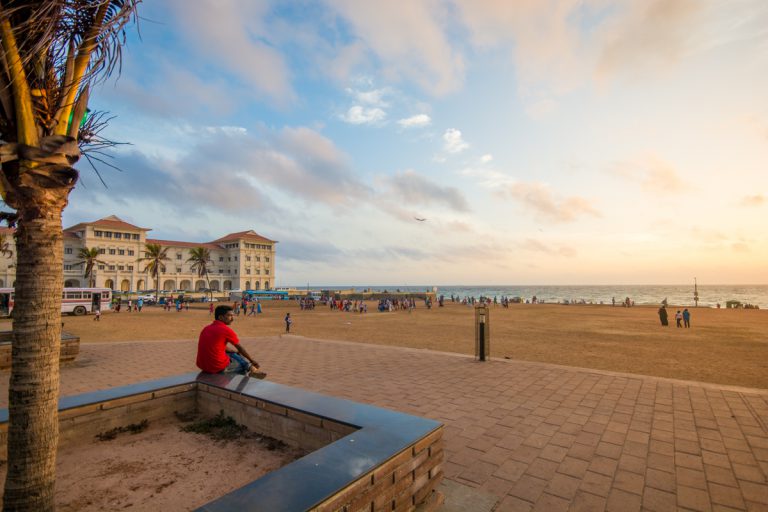
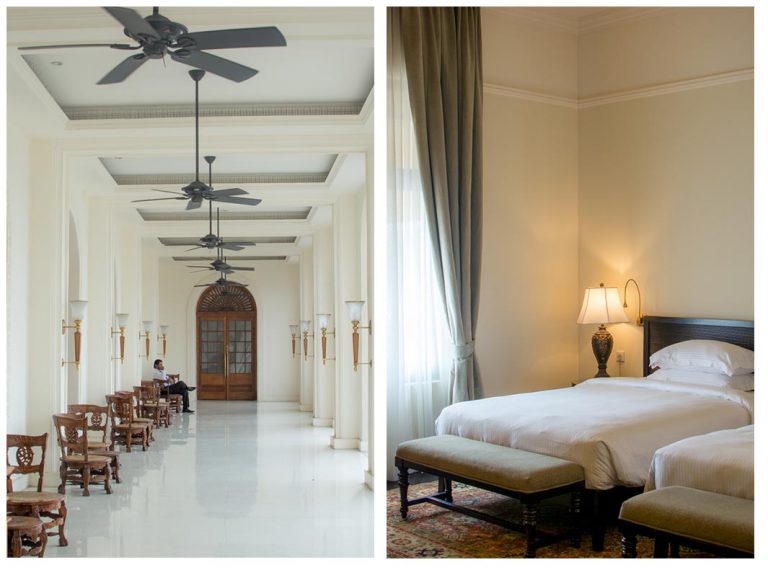
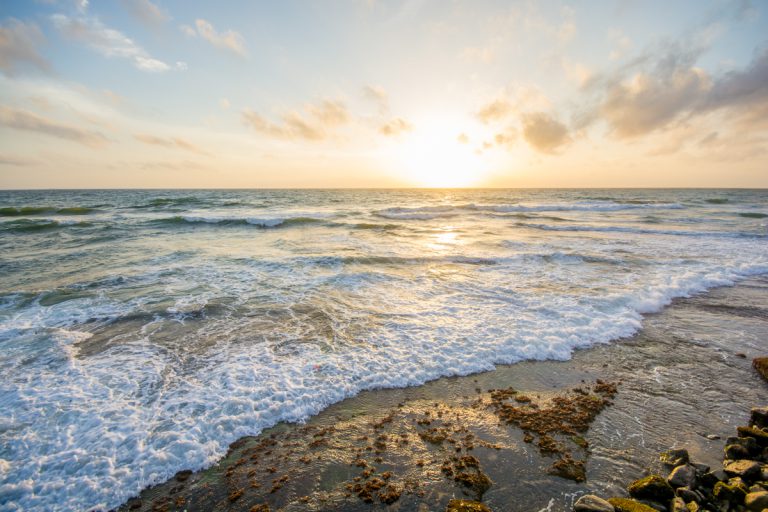
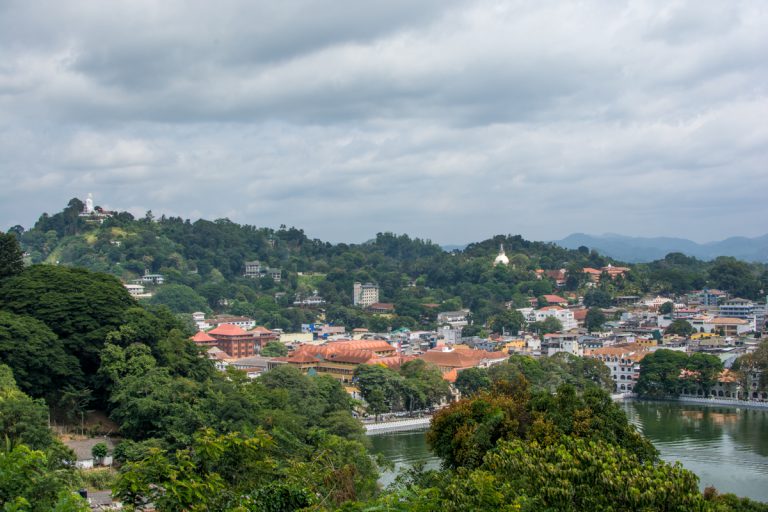
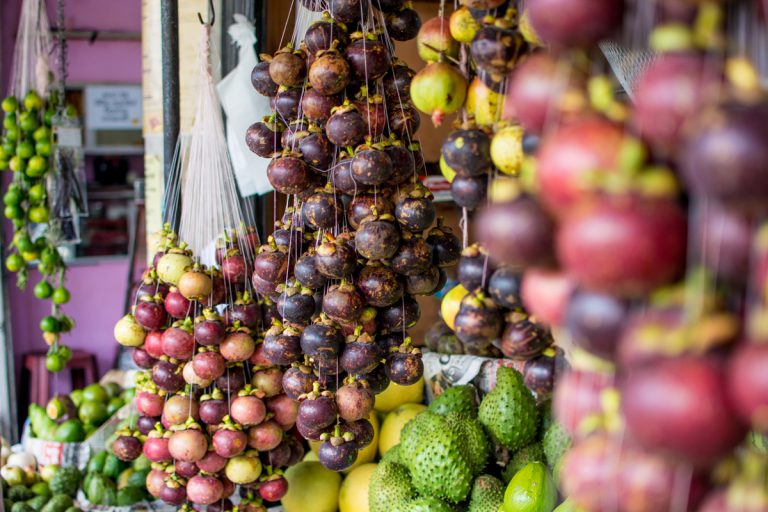
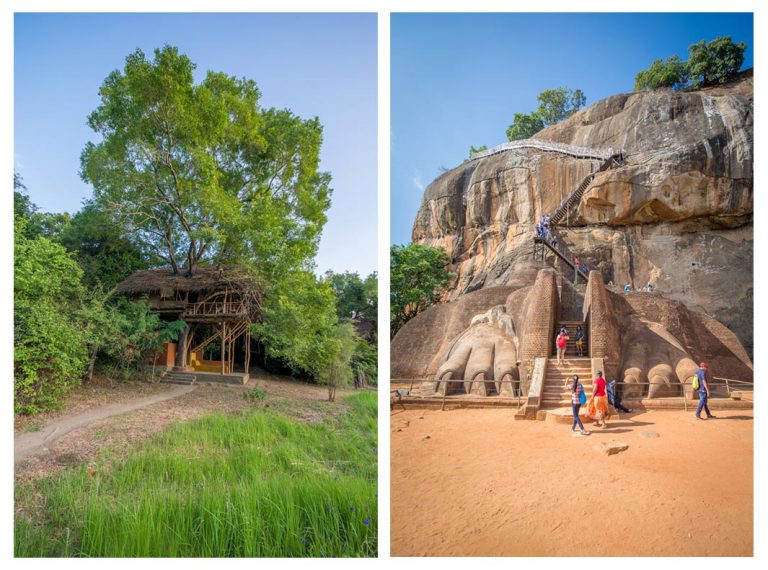
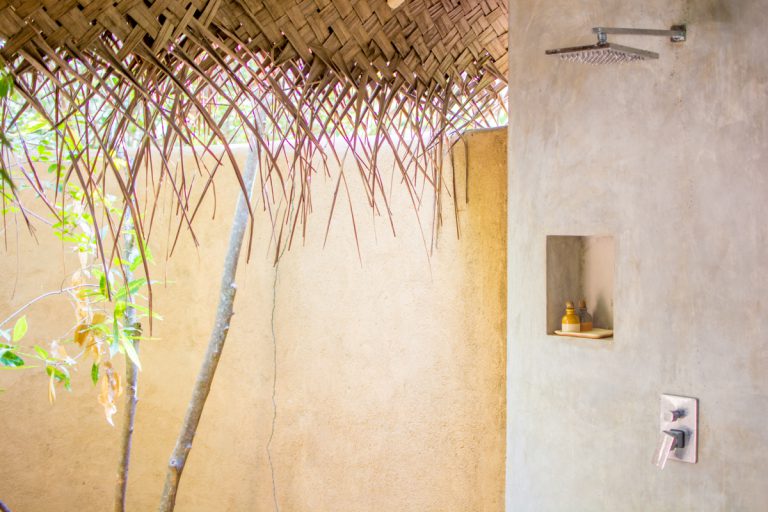
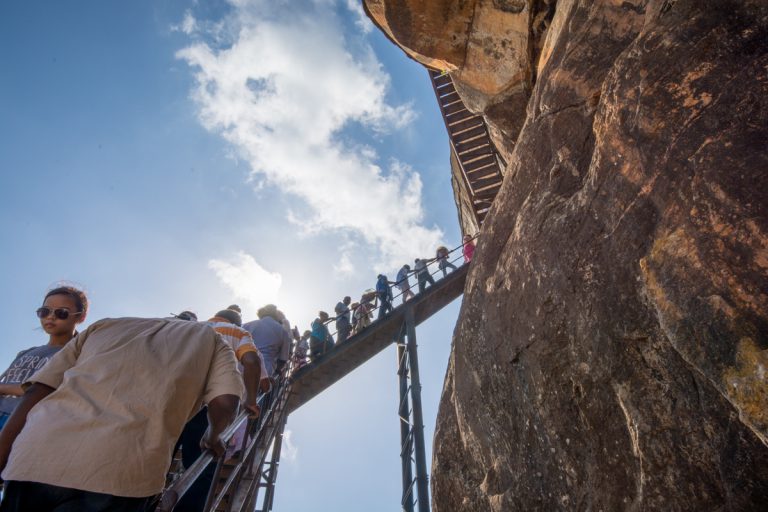
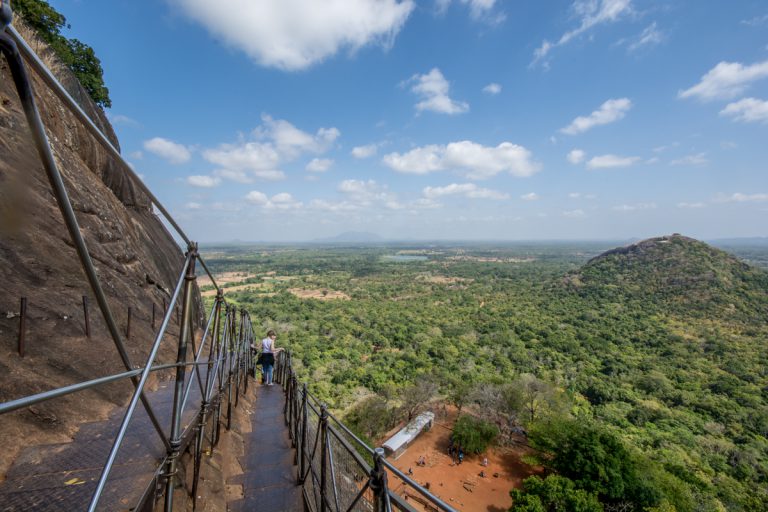
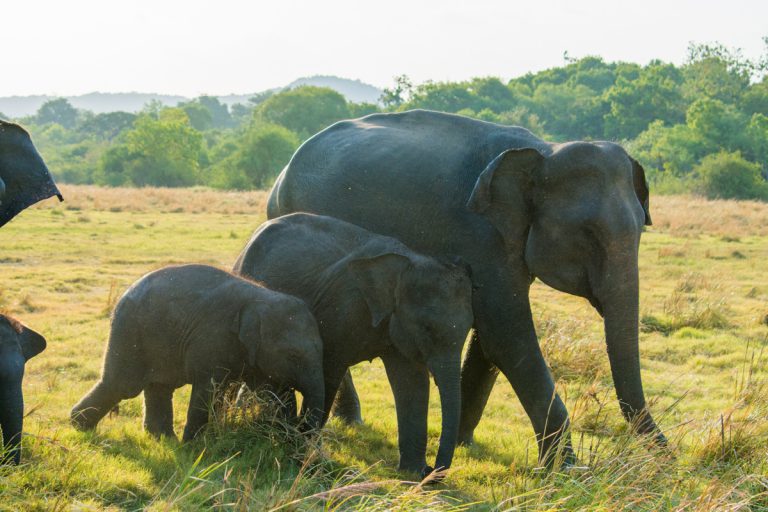
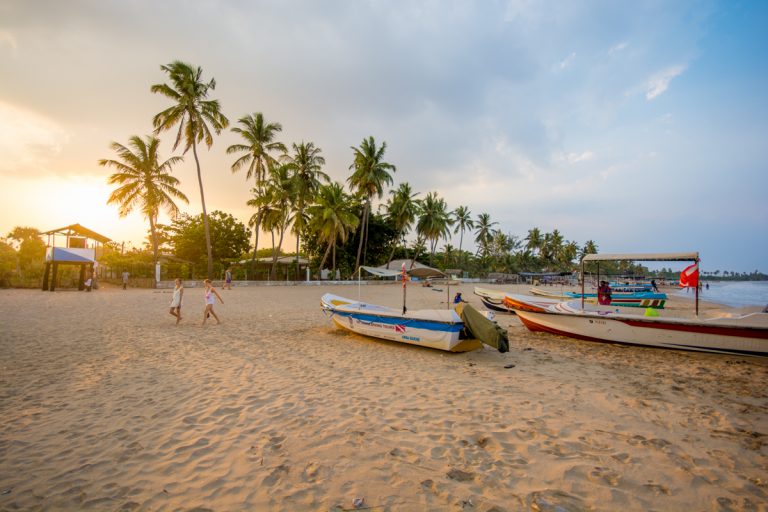
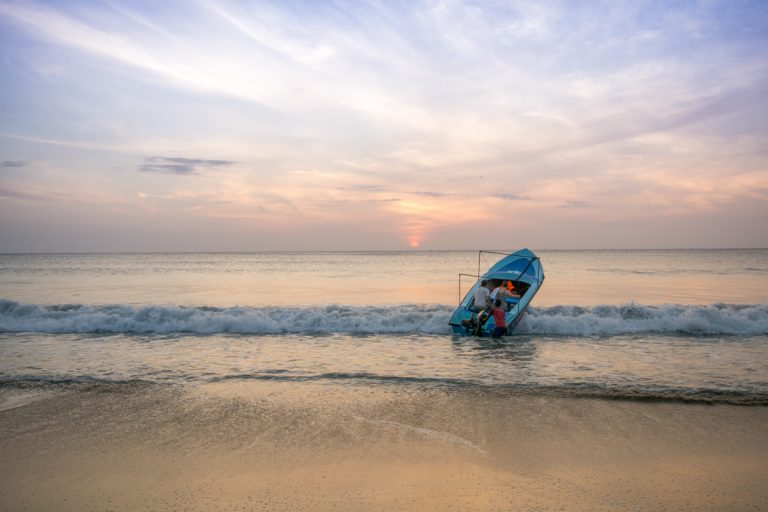
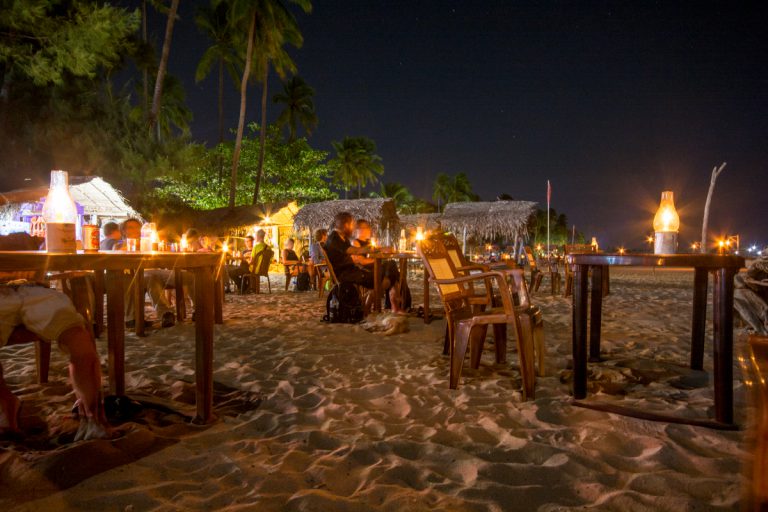







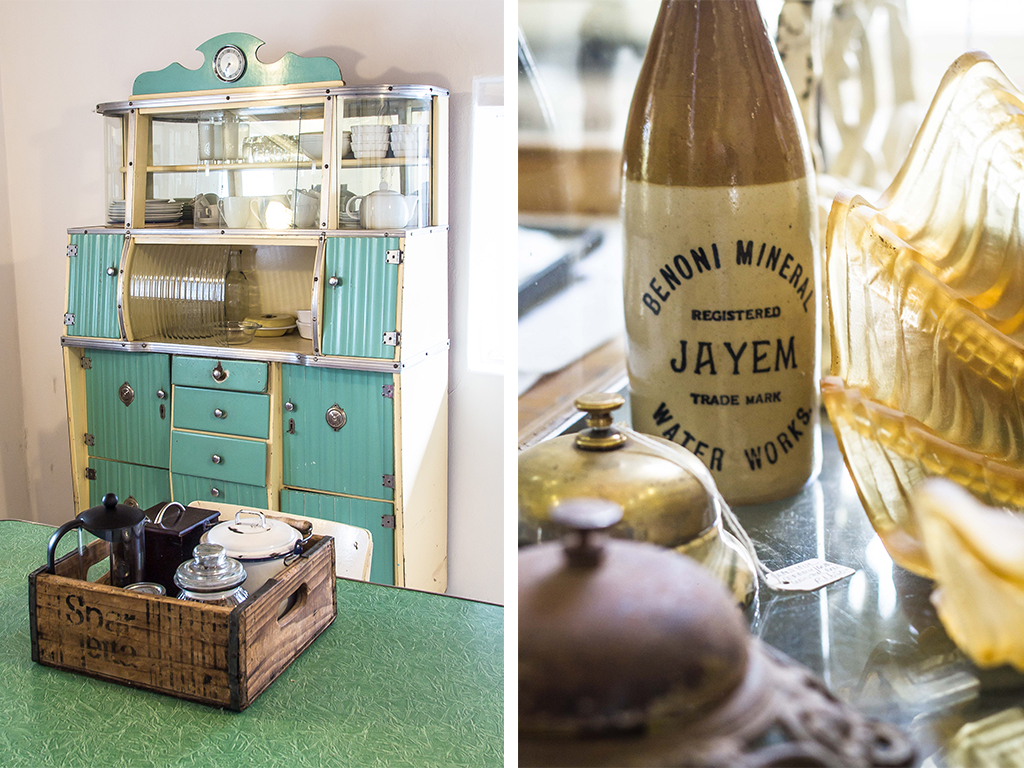





















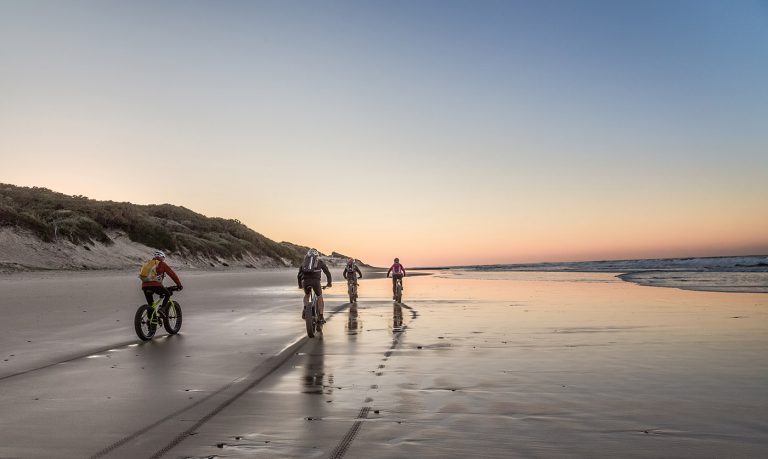
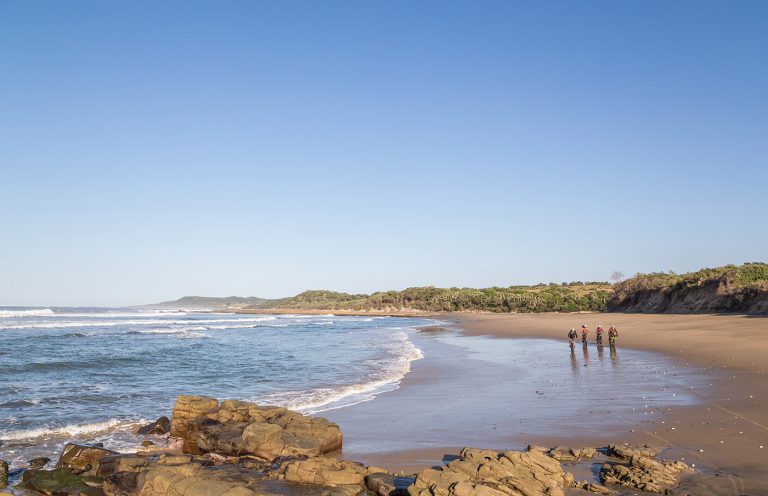
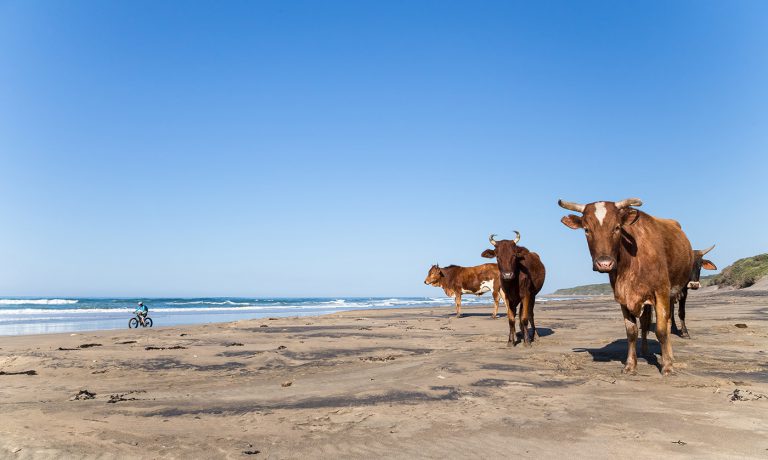
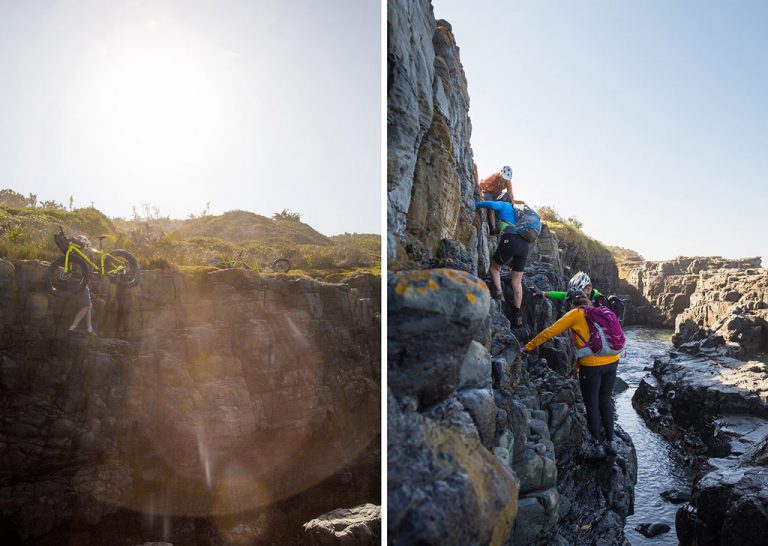
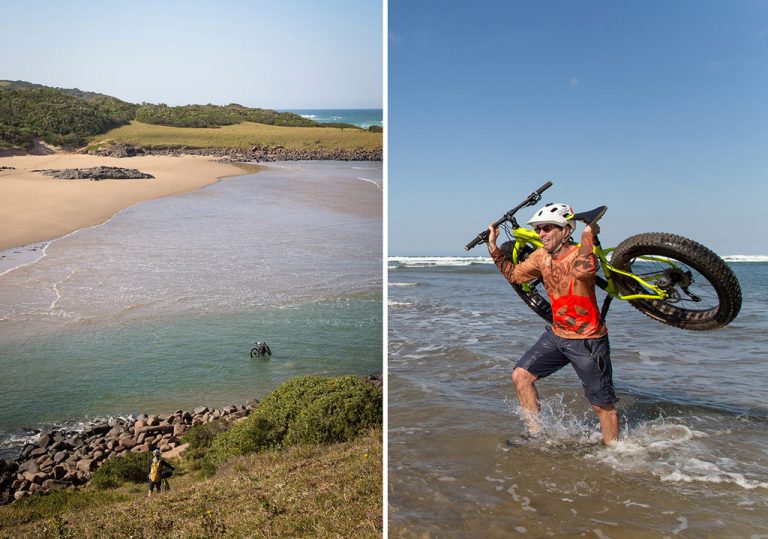
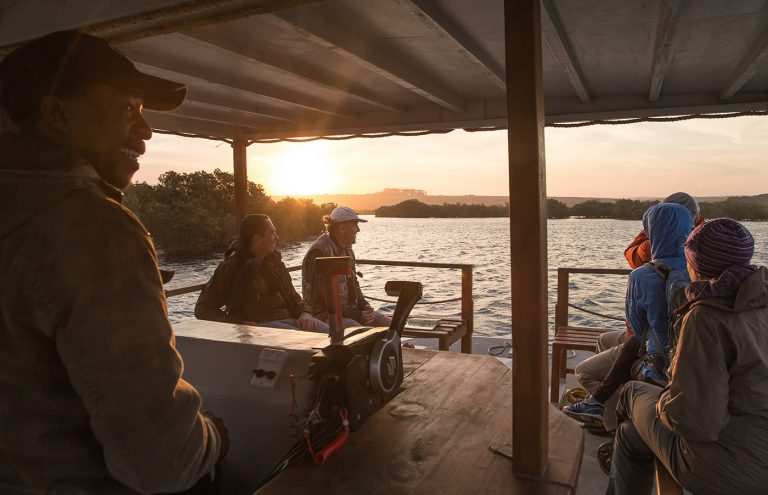
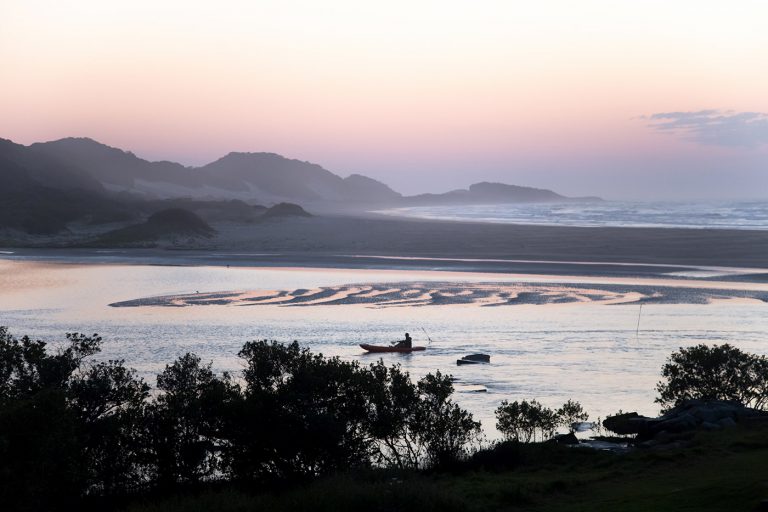
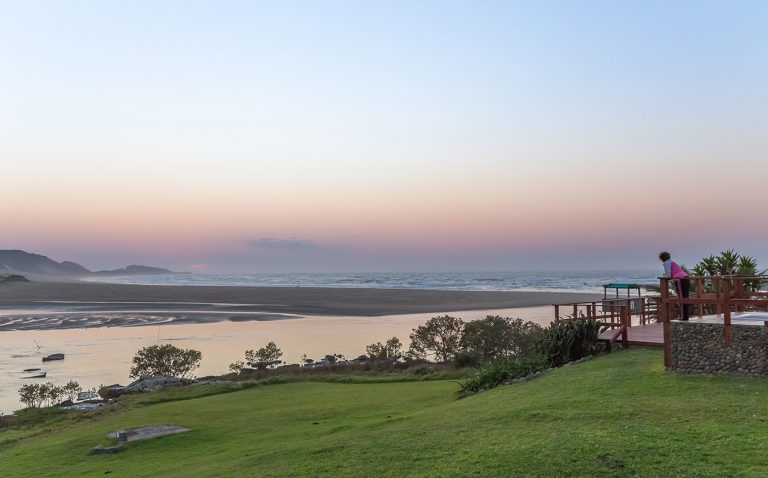
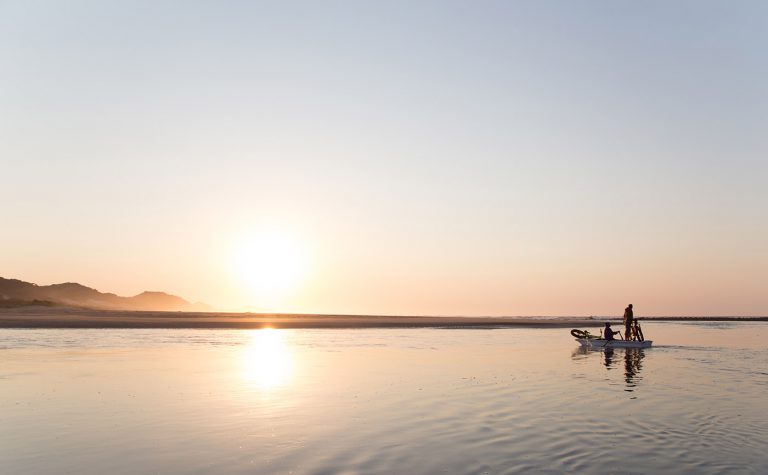
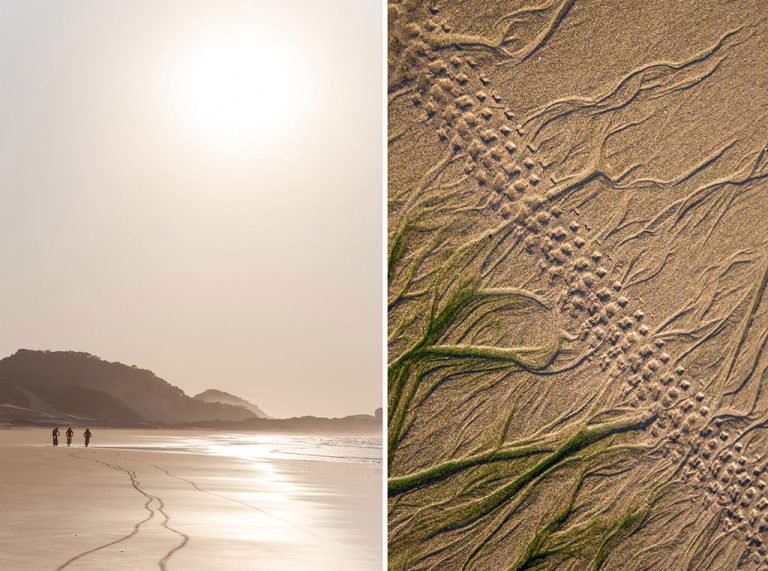
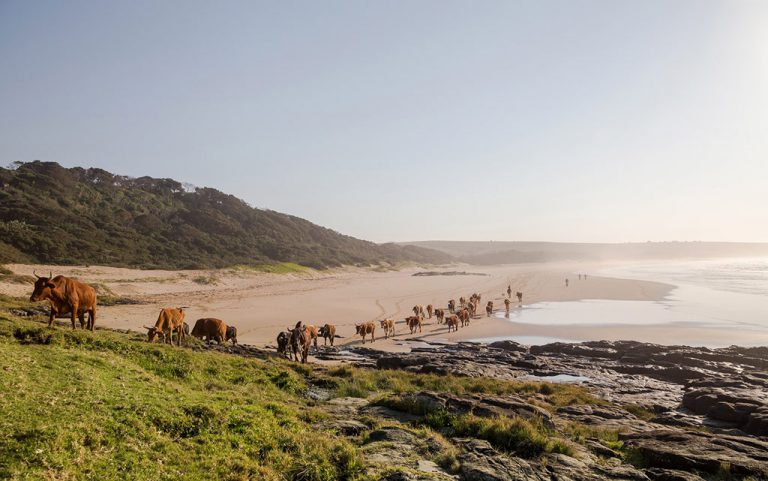
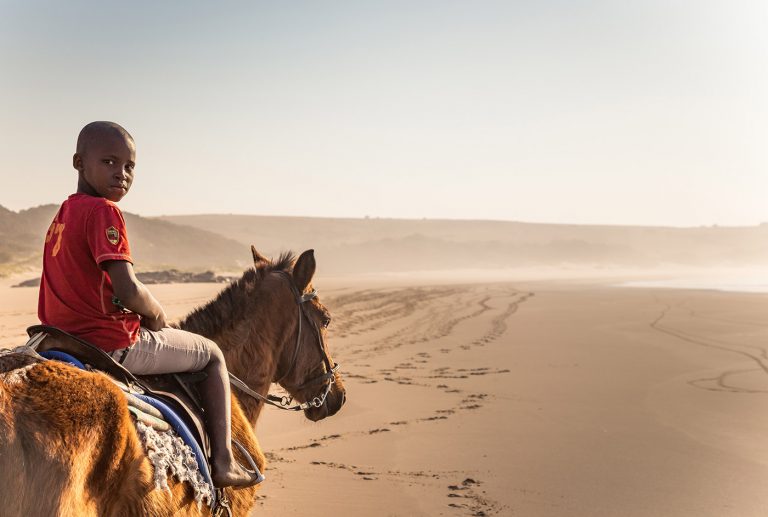
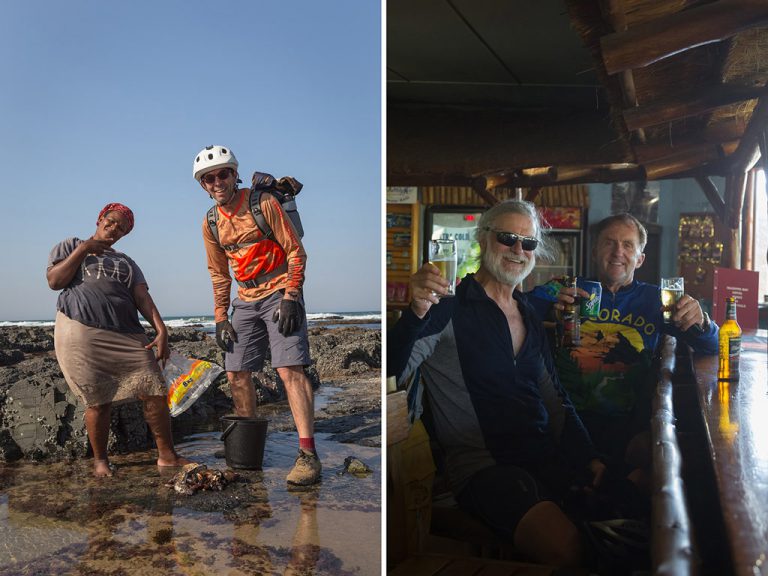
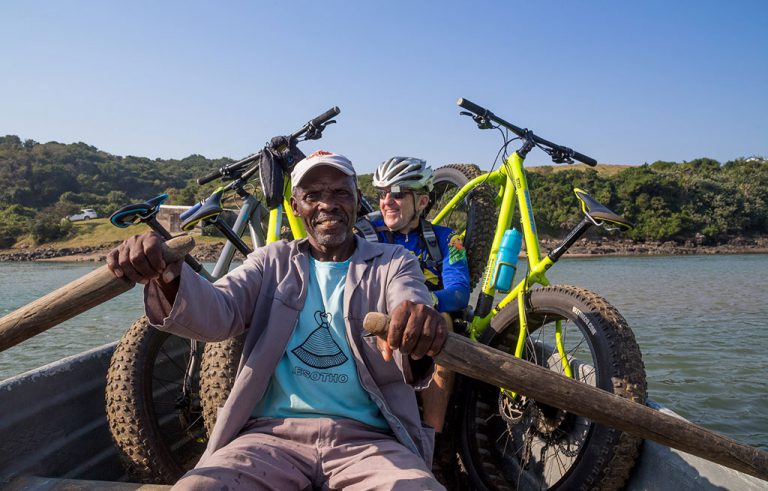
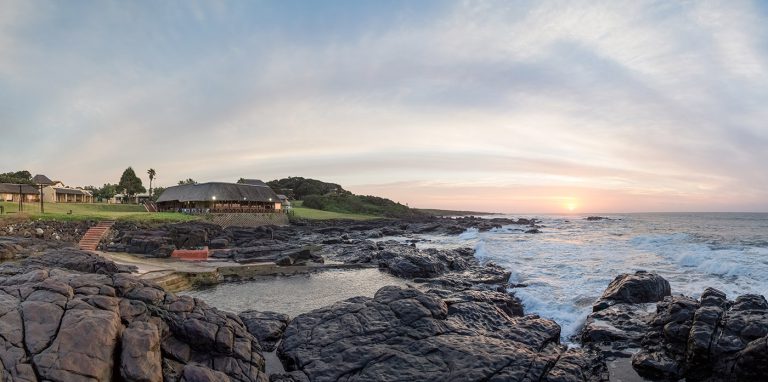
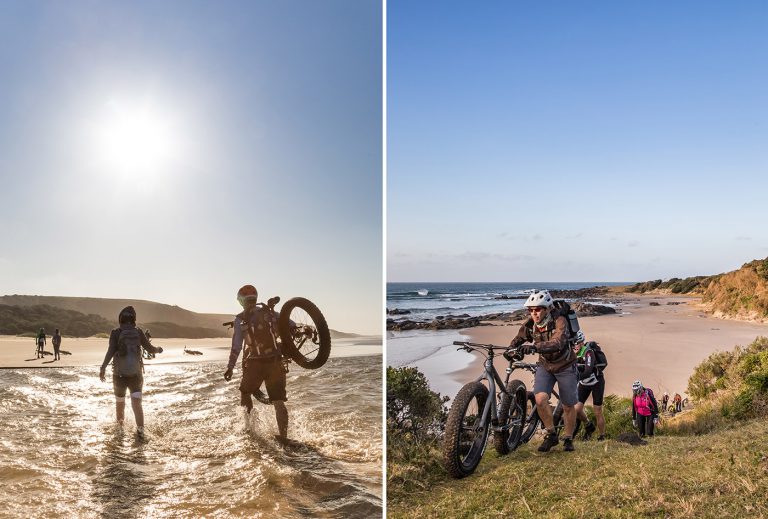
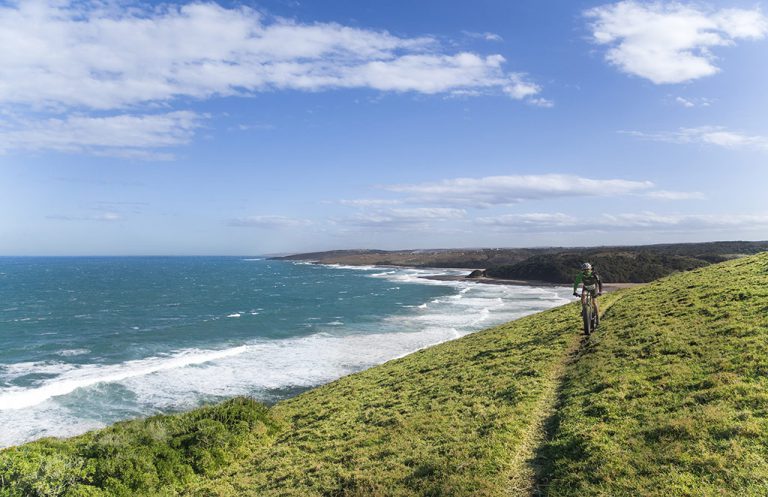
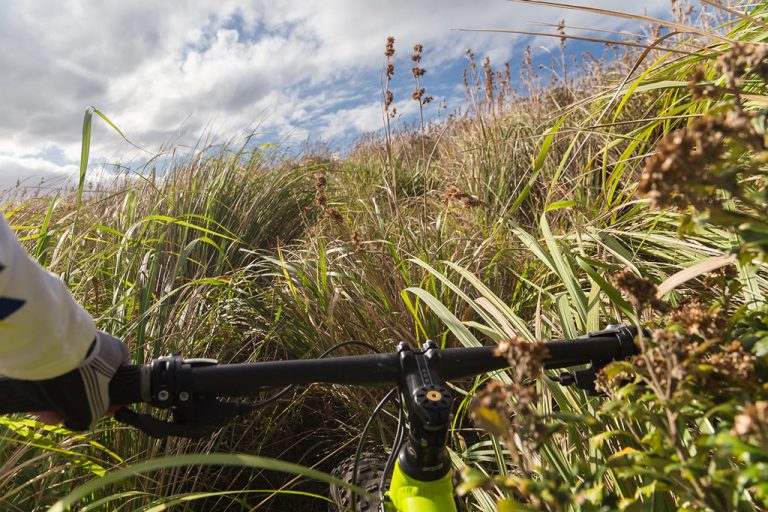
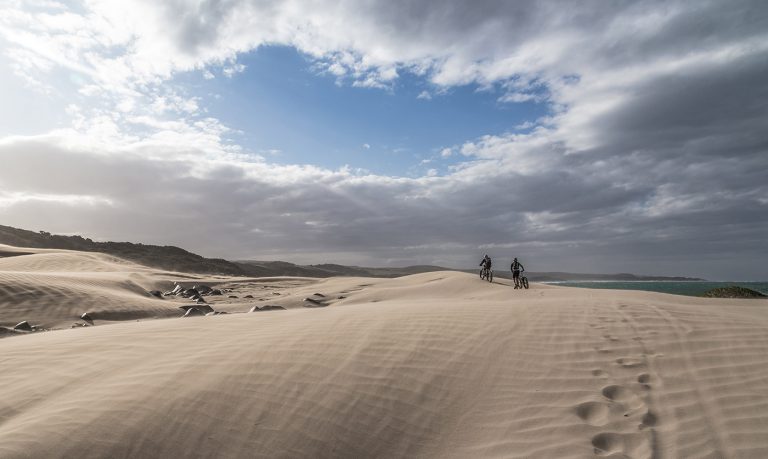
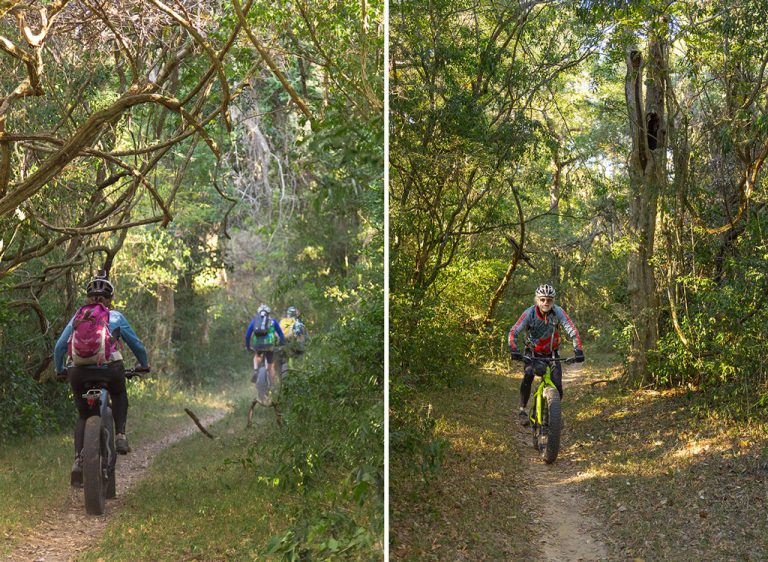
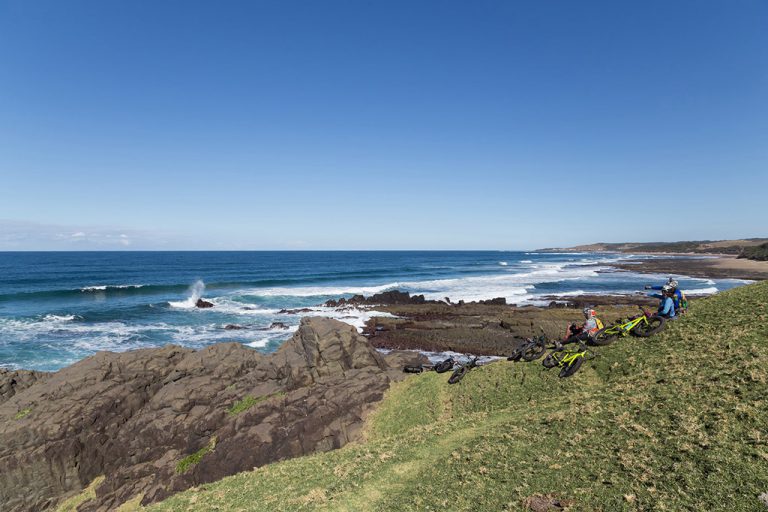
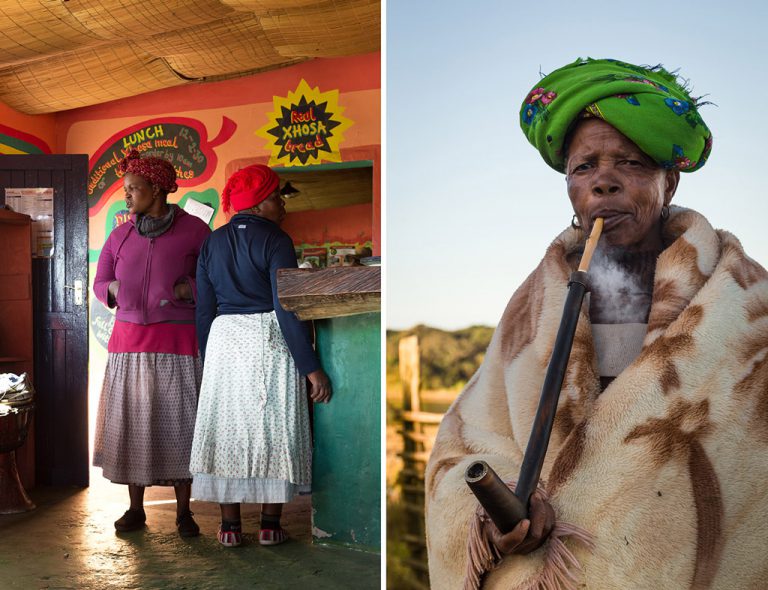
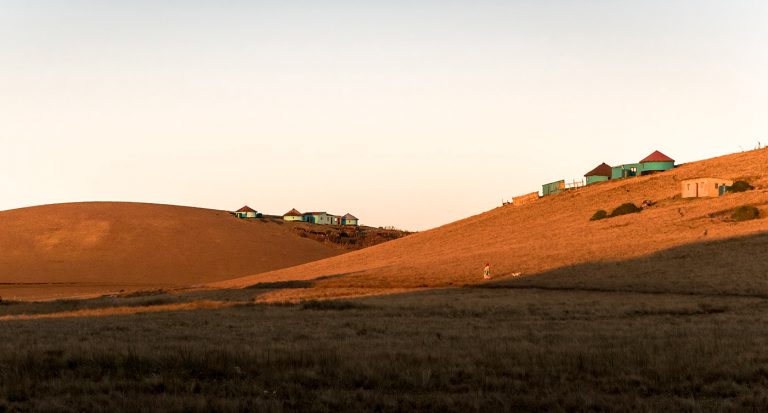
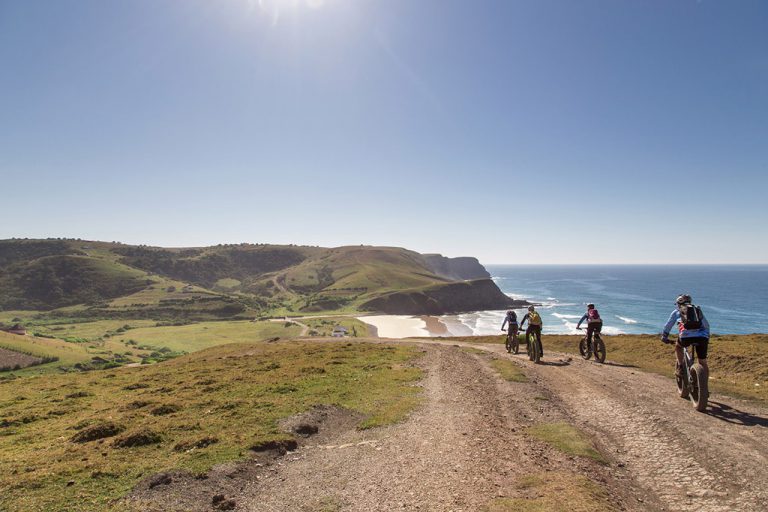
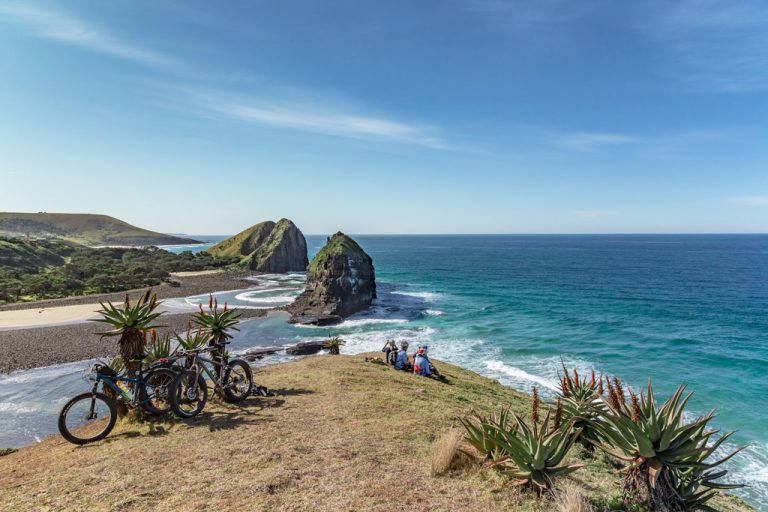
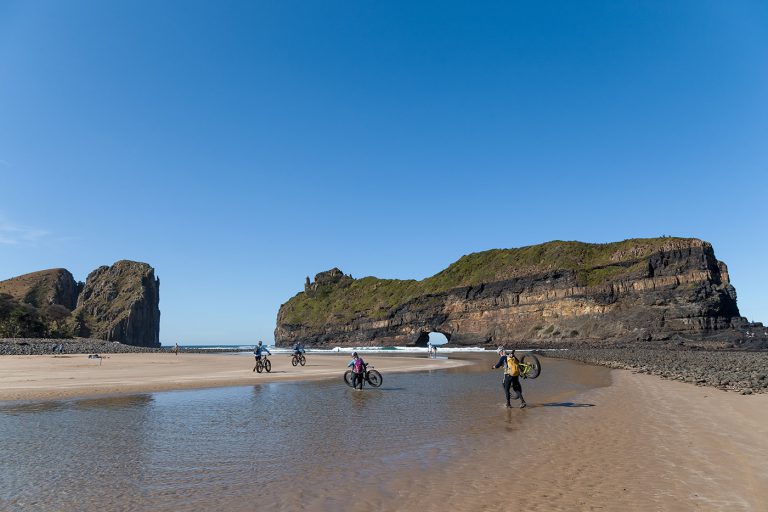

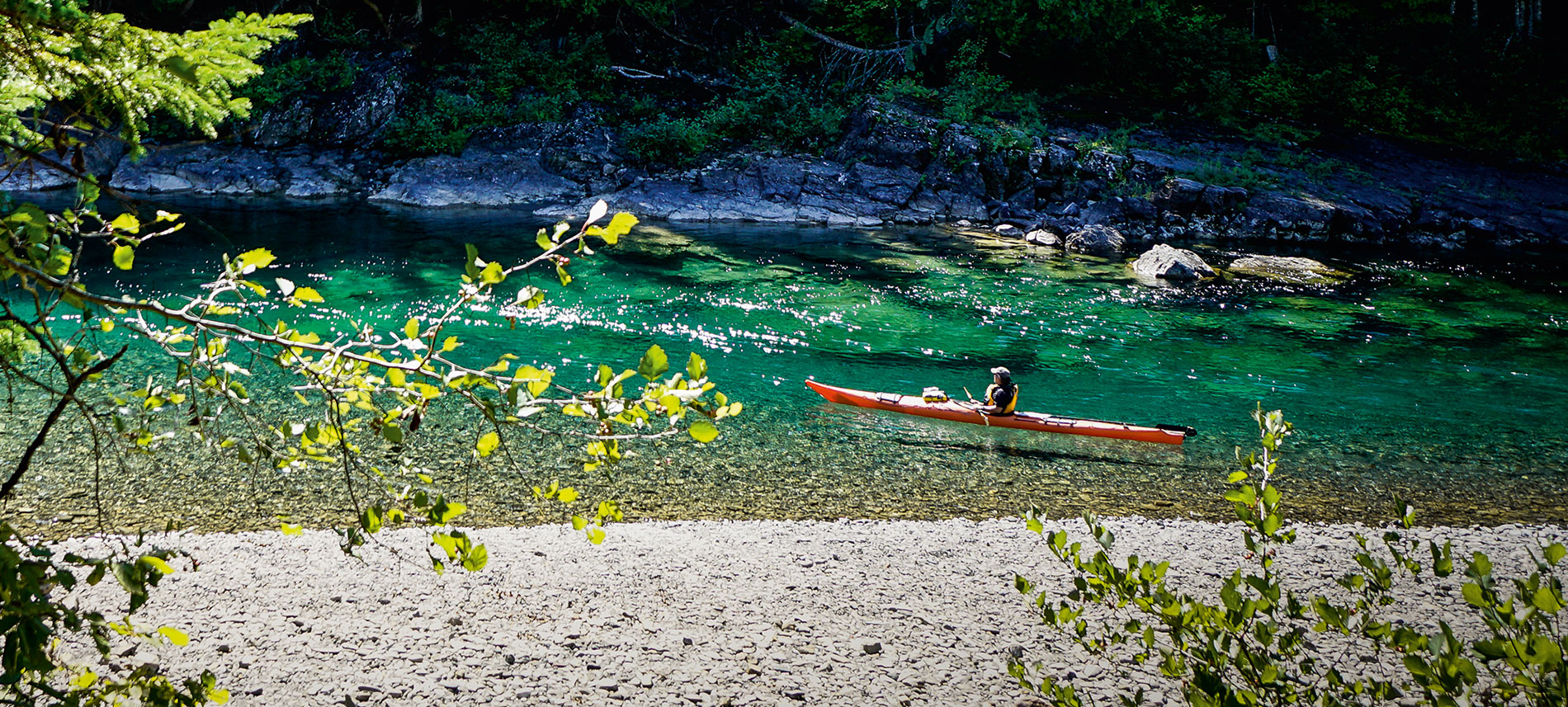
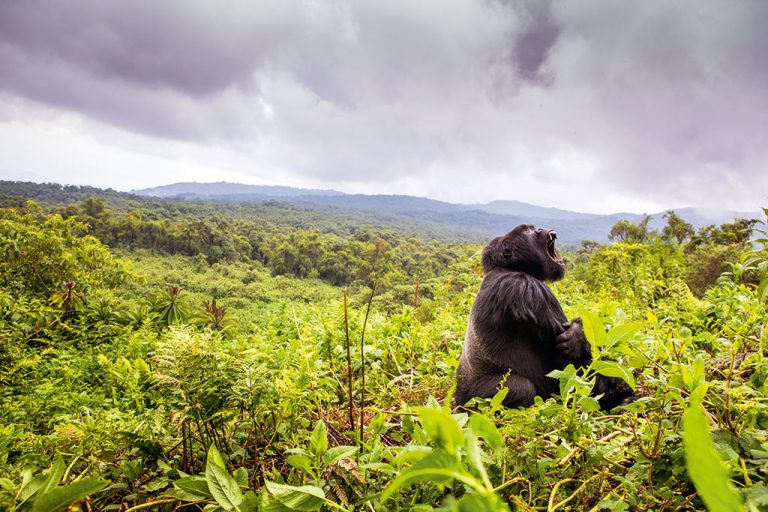
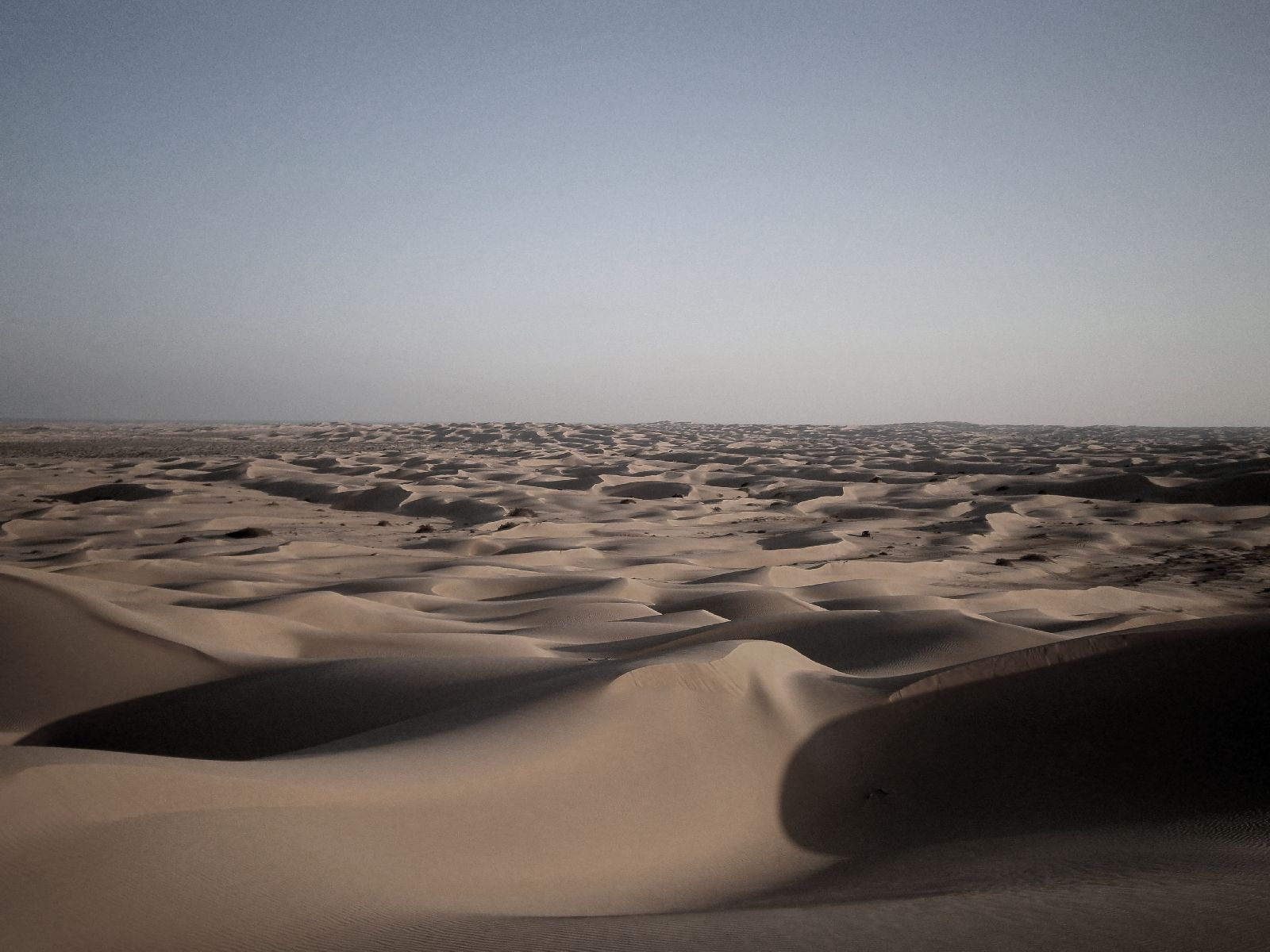

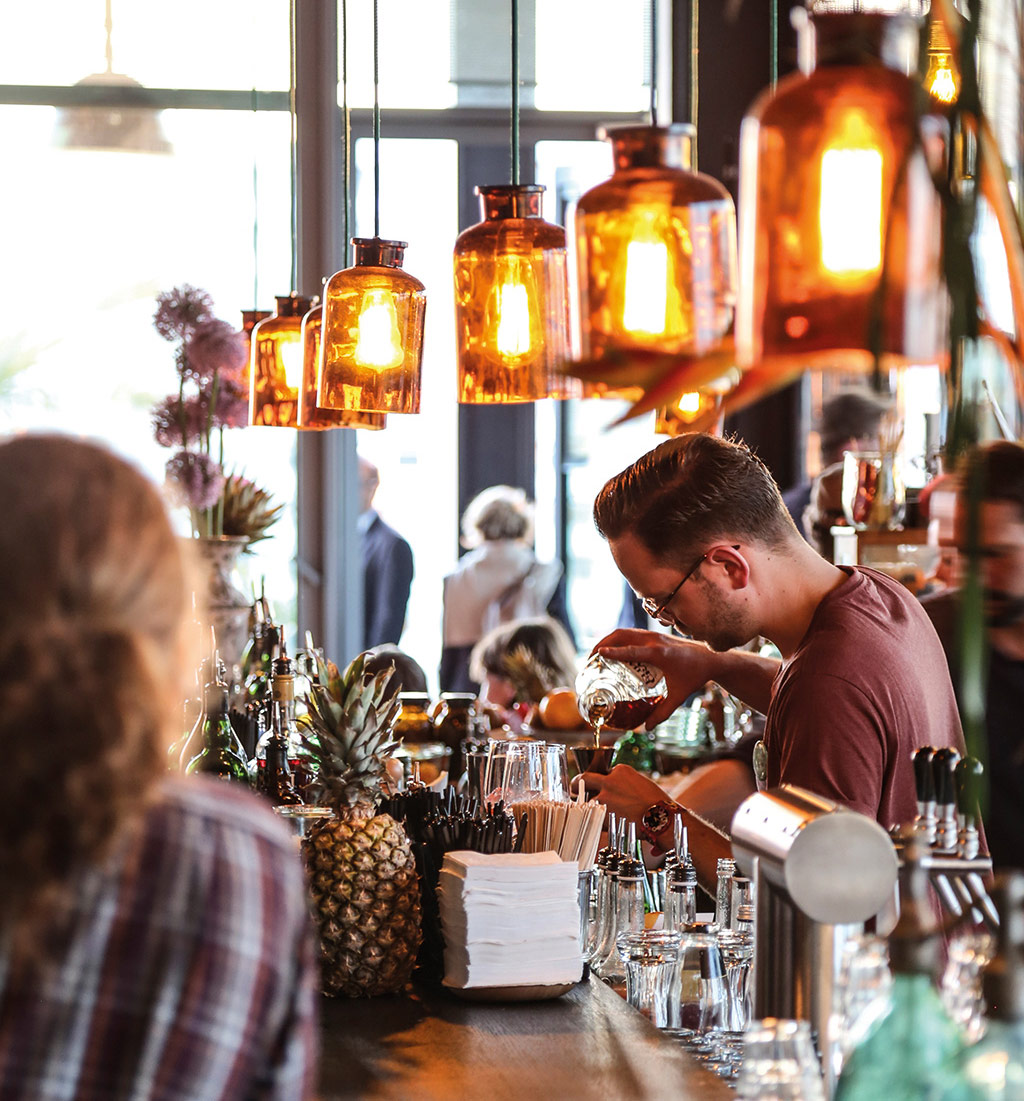 The Monkey Bar on the top floor of the 25 Hours Bikini hotel has a rooftop terrace and panoramic views of Berlin. Photo by Brandon de Kock.
The Monkey Bar on the top floor of the 25 Hours Bikini hotel has a rooftop terrace and panoramic views of Berlin. Photo by Brandon de Kock.